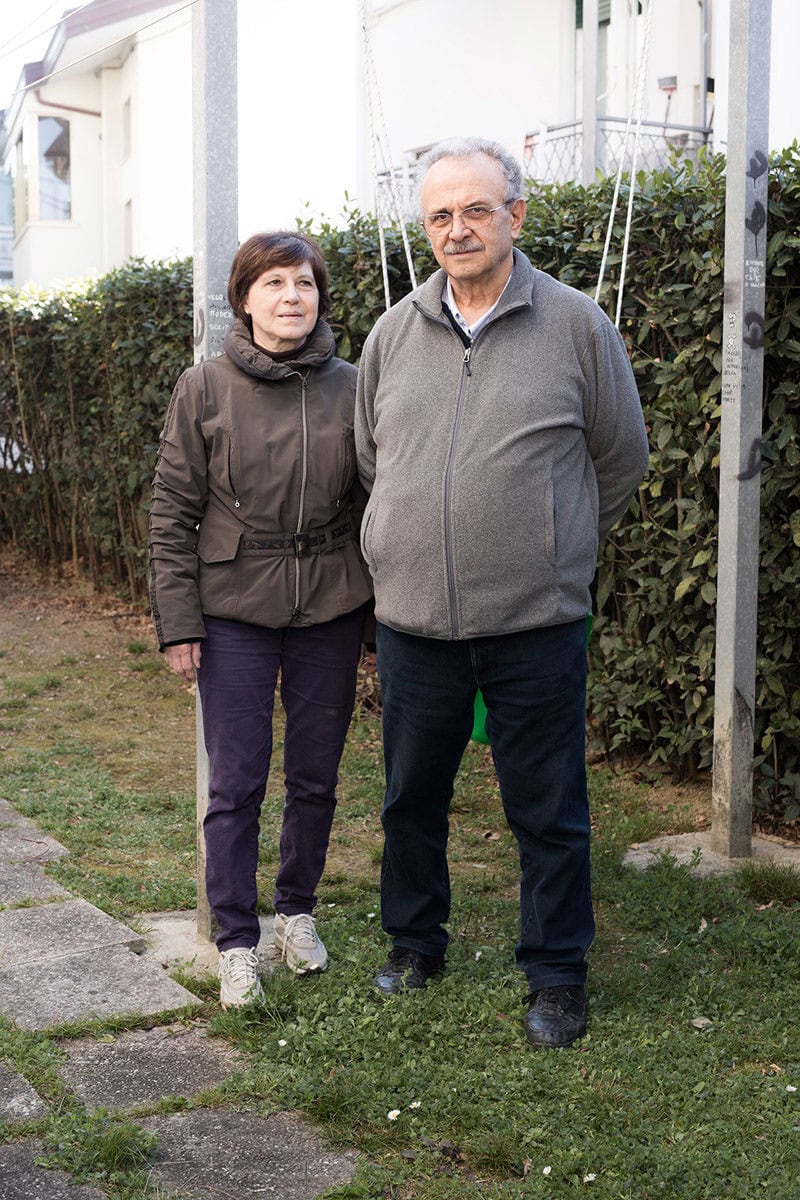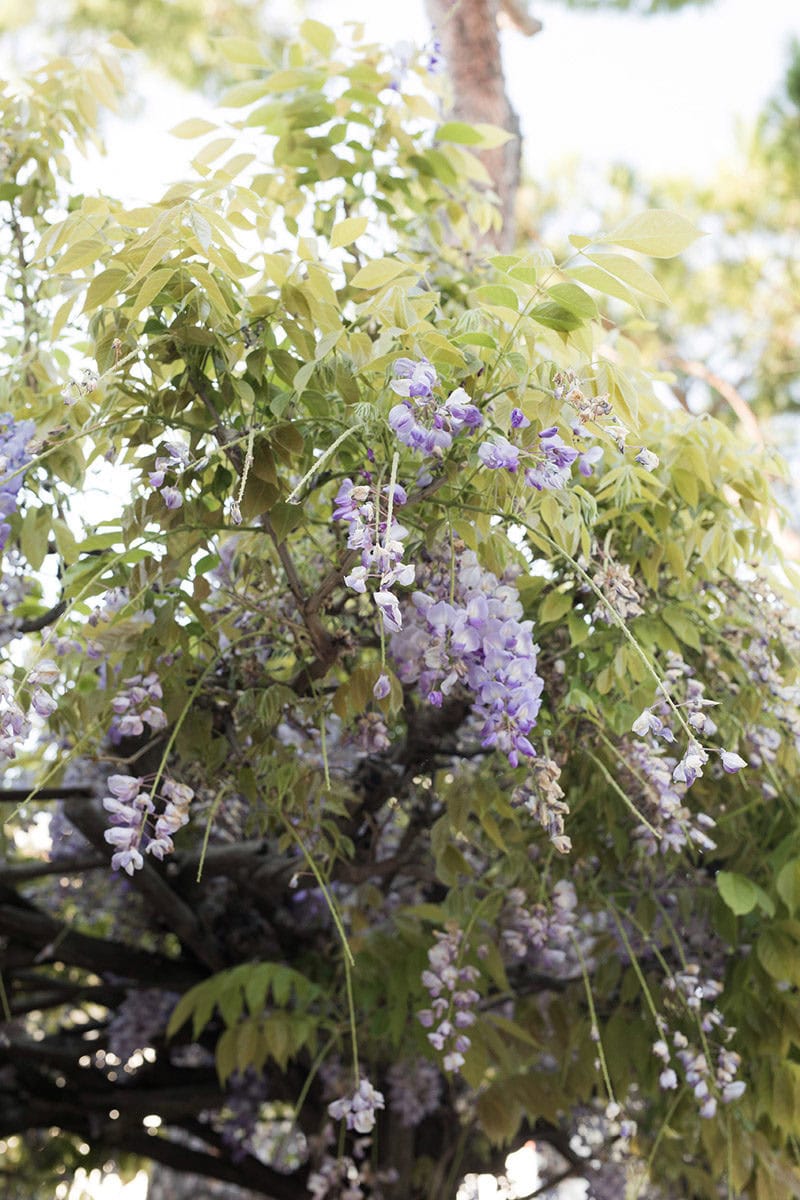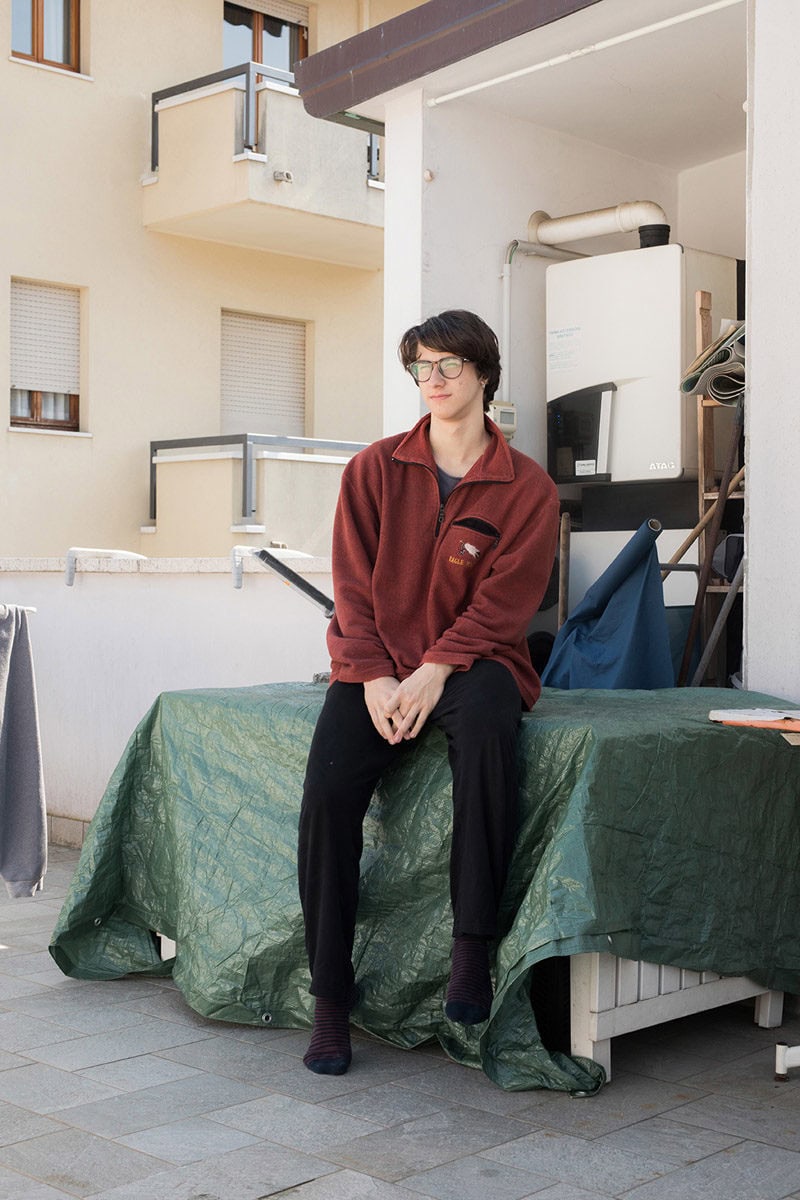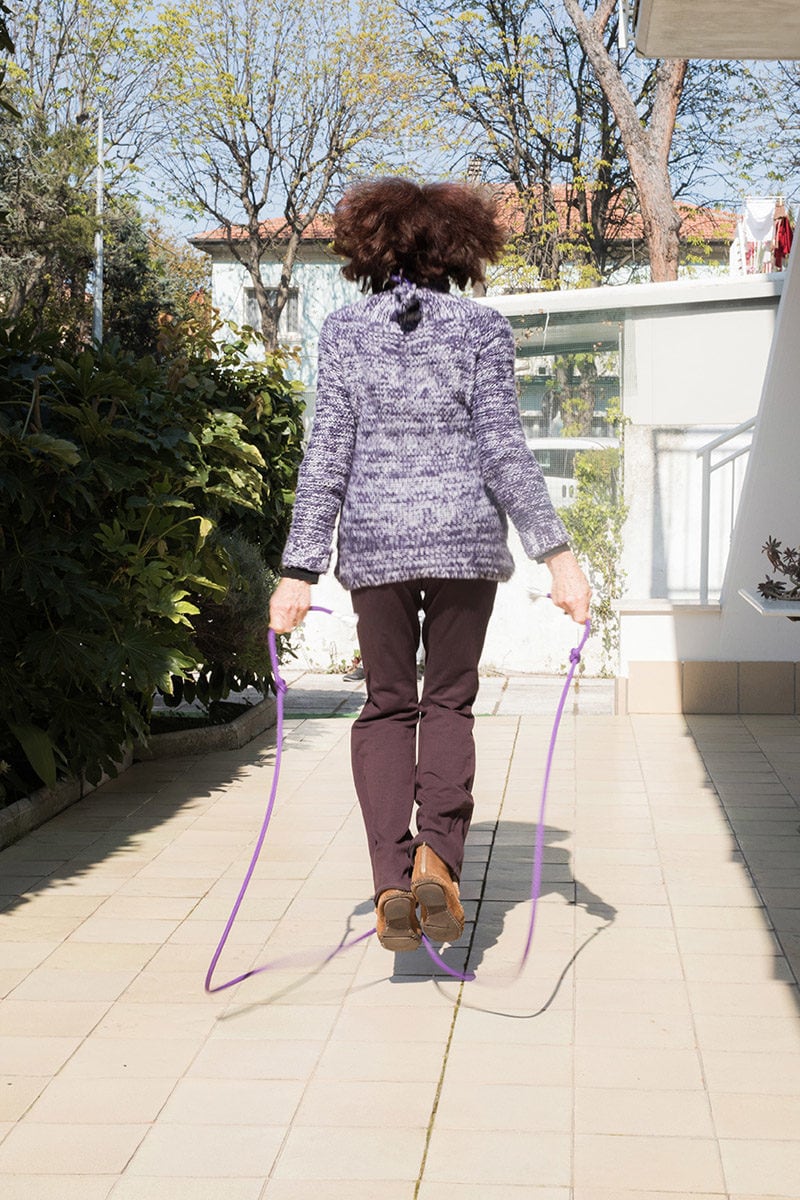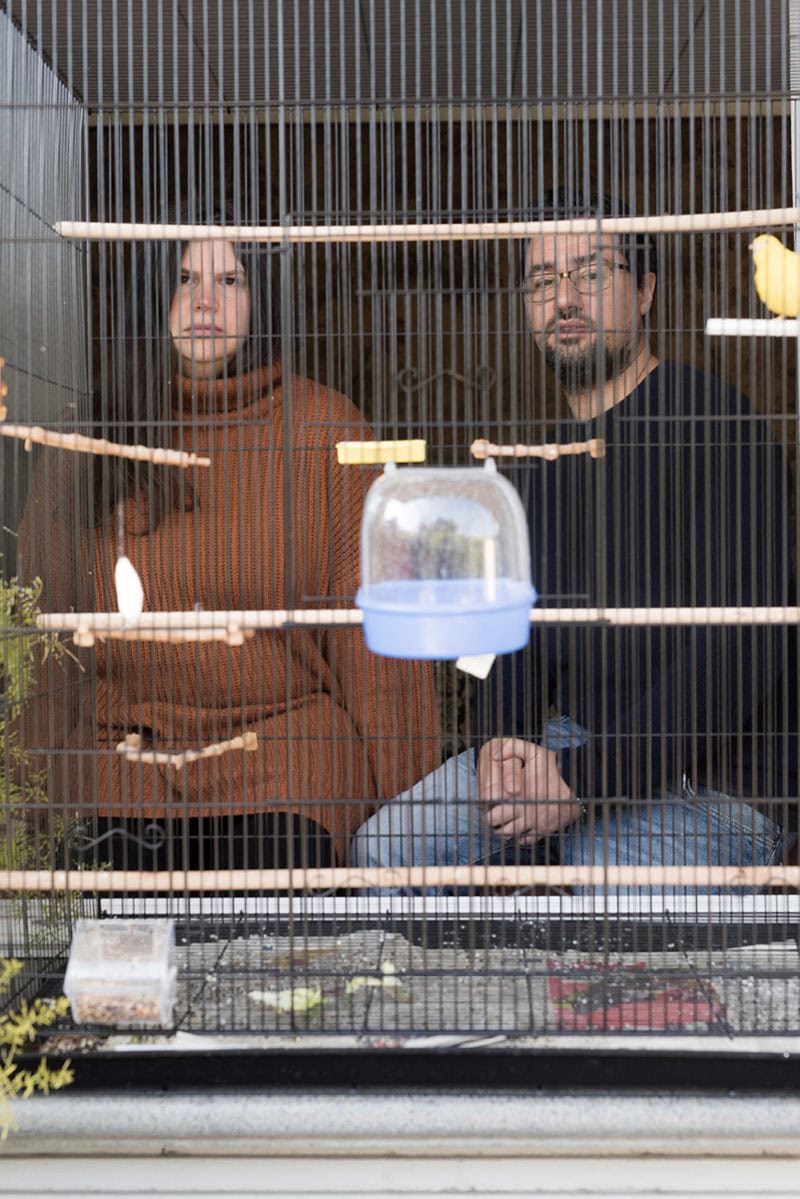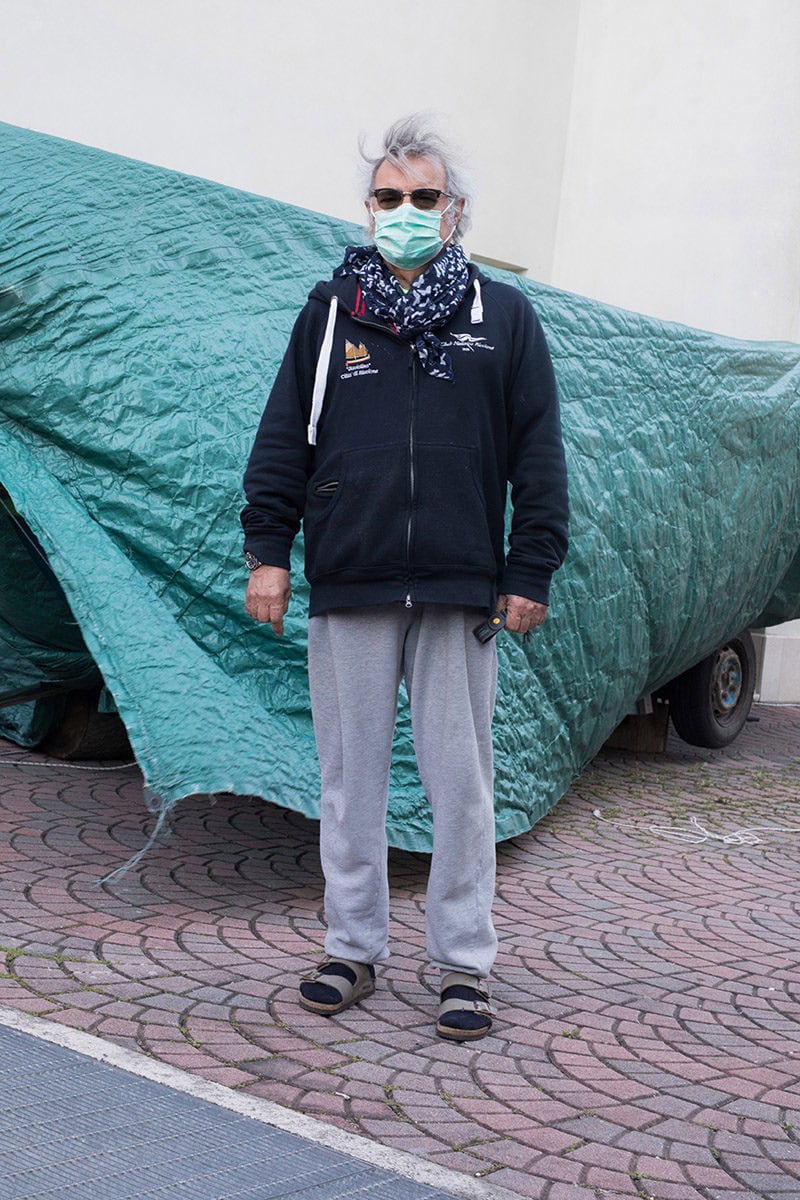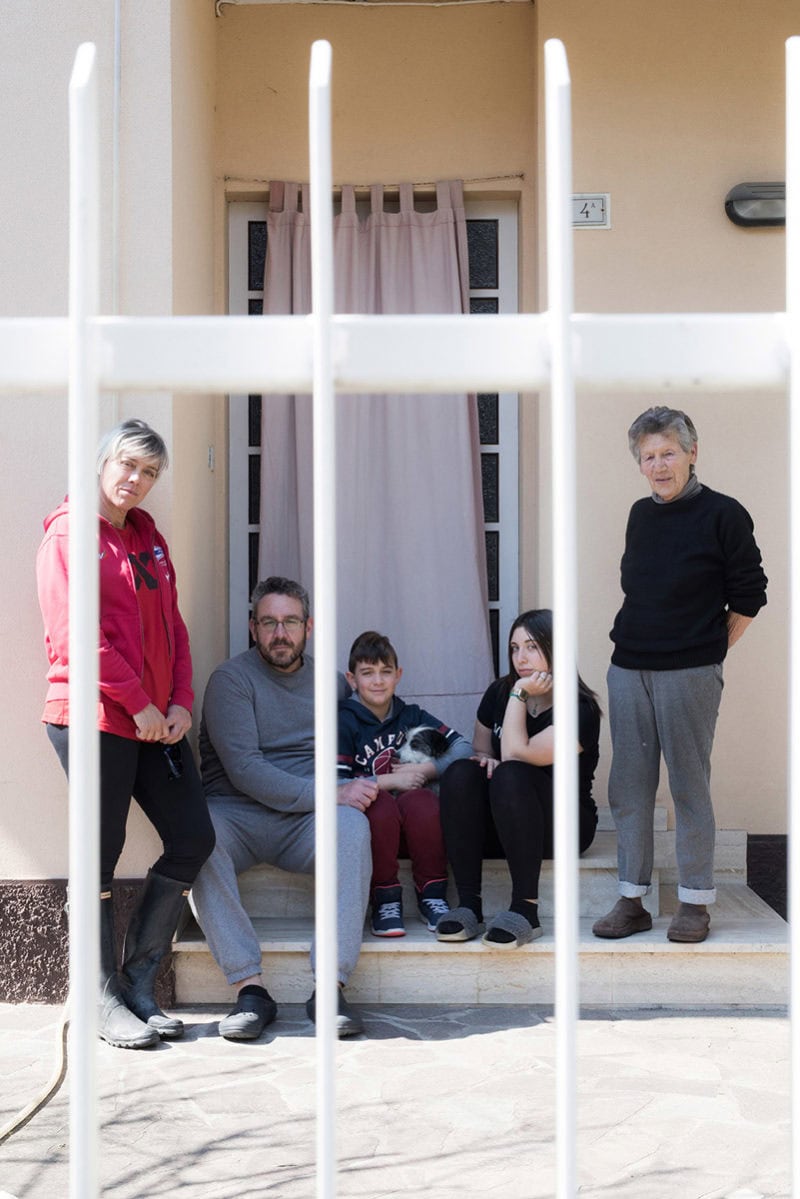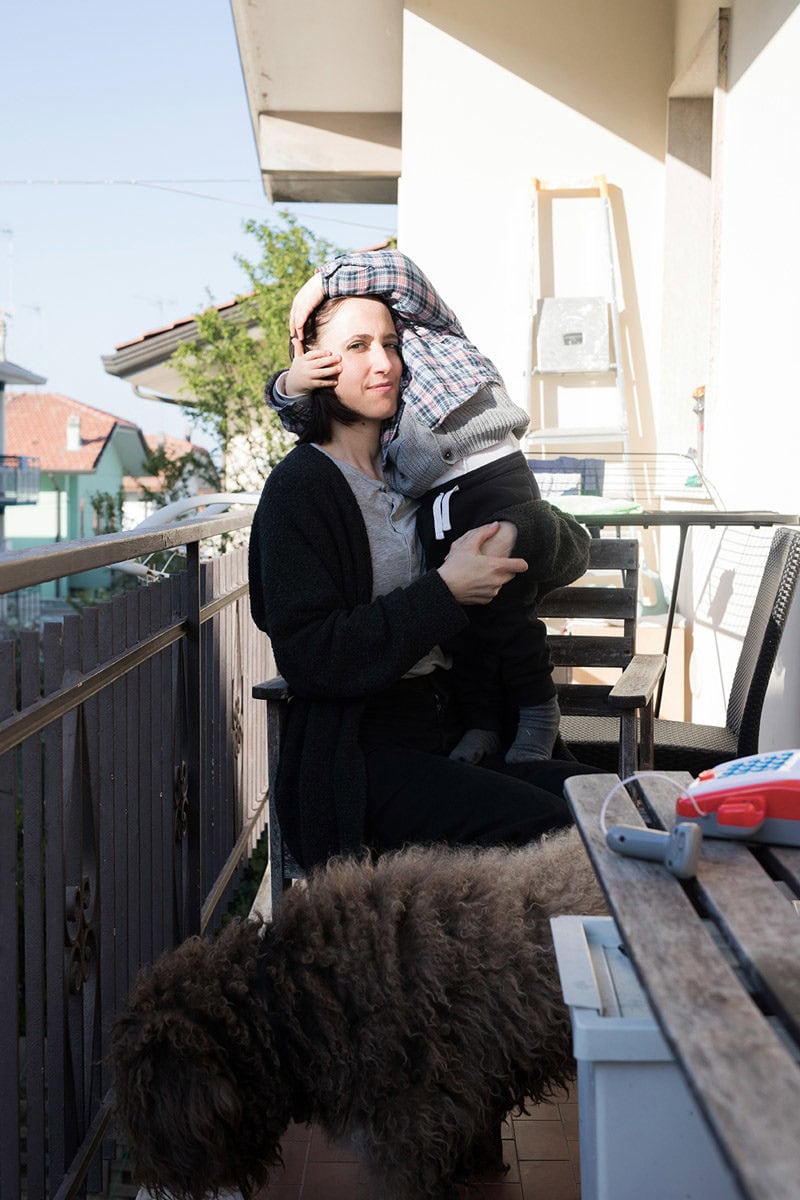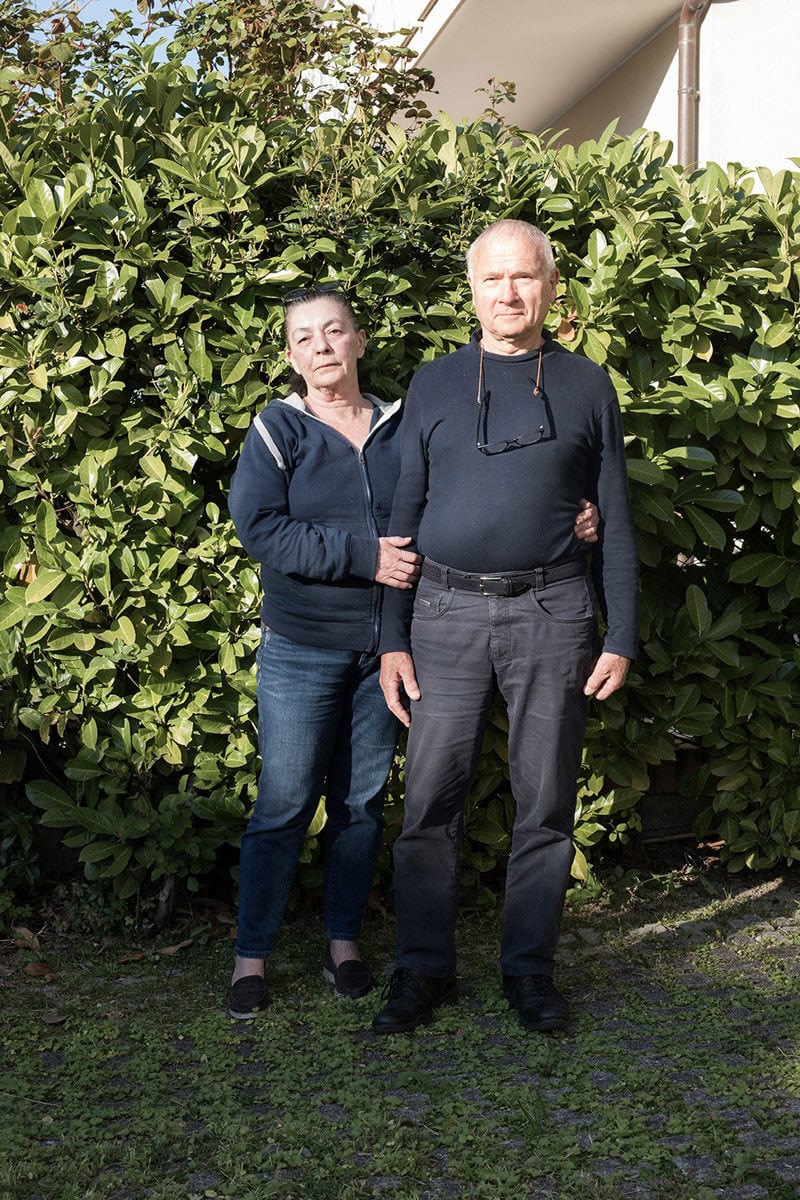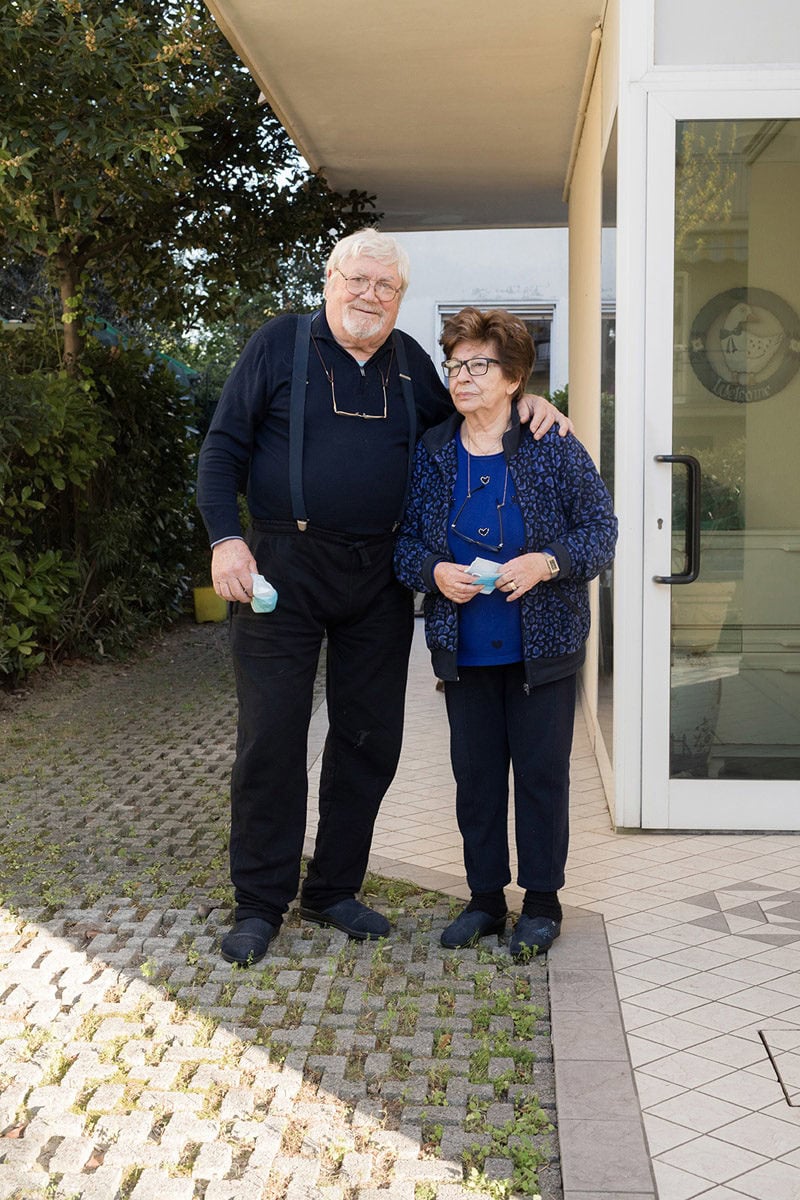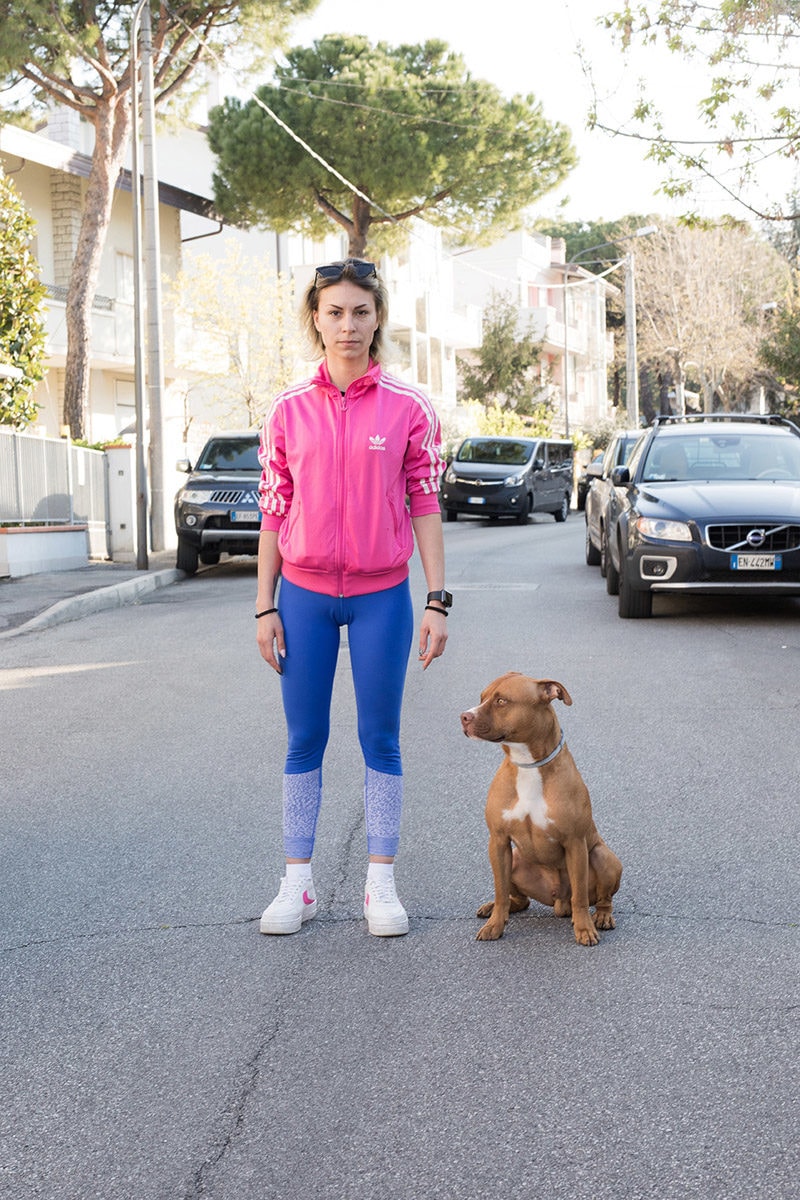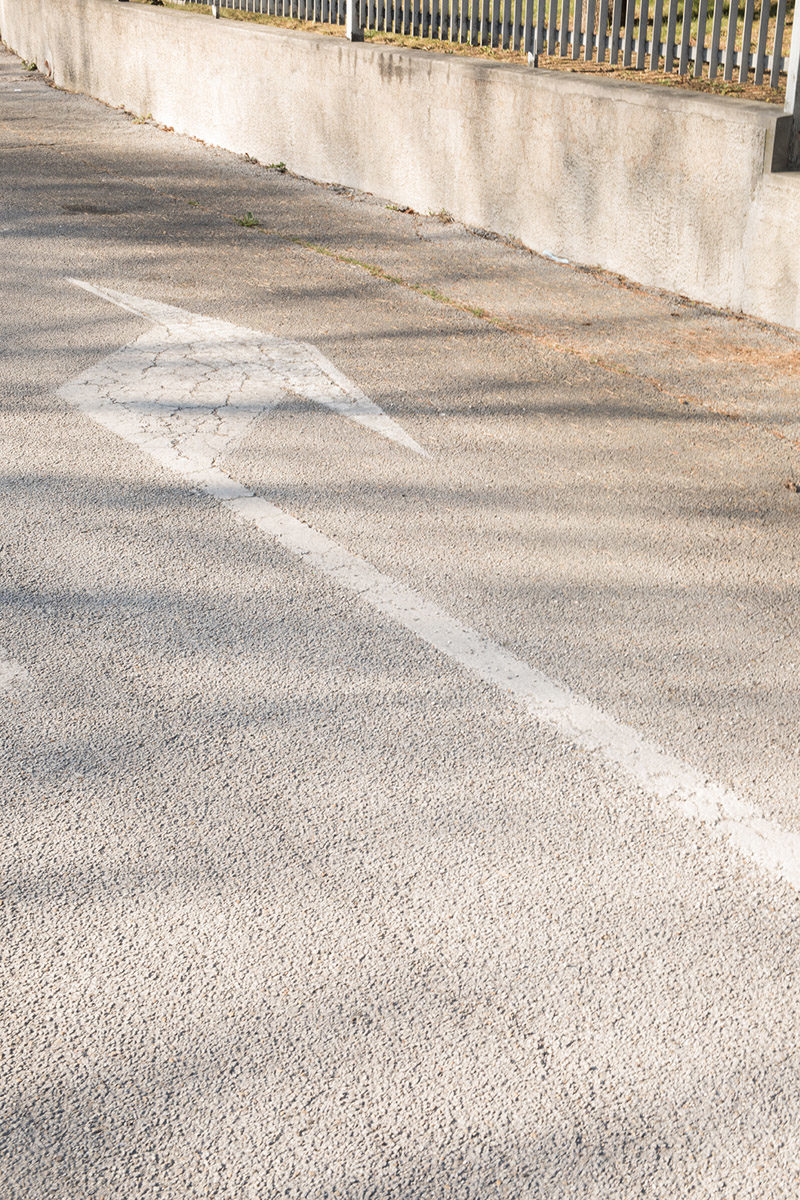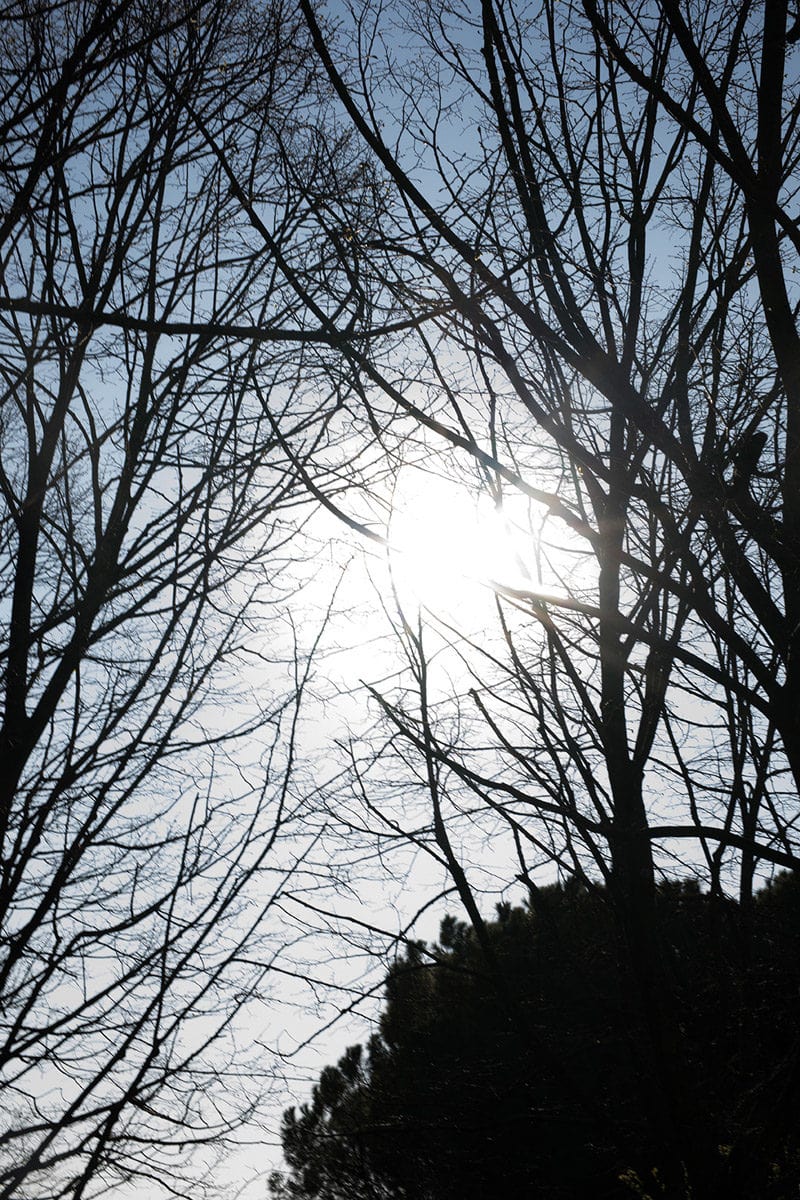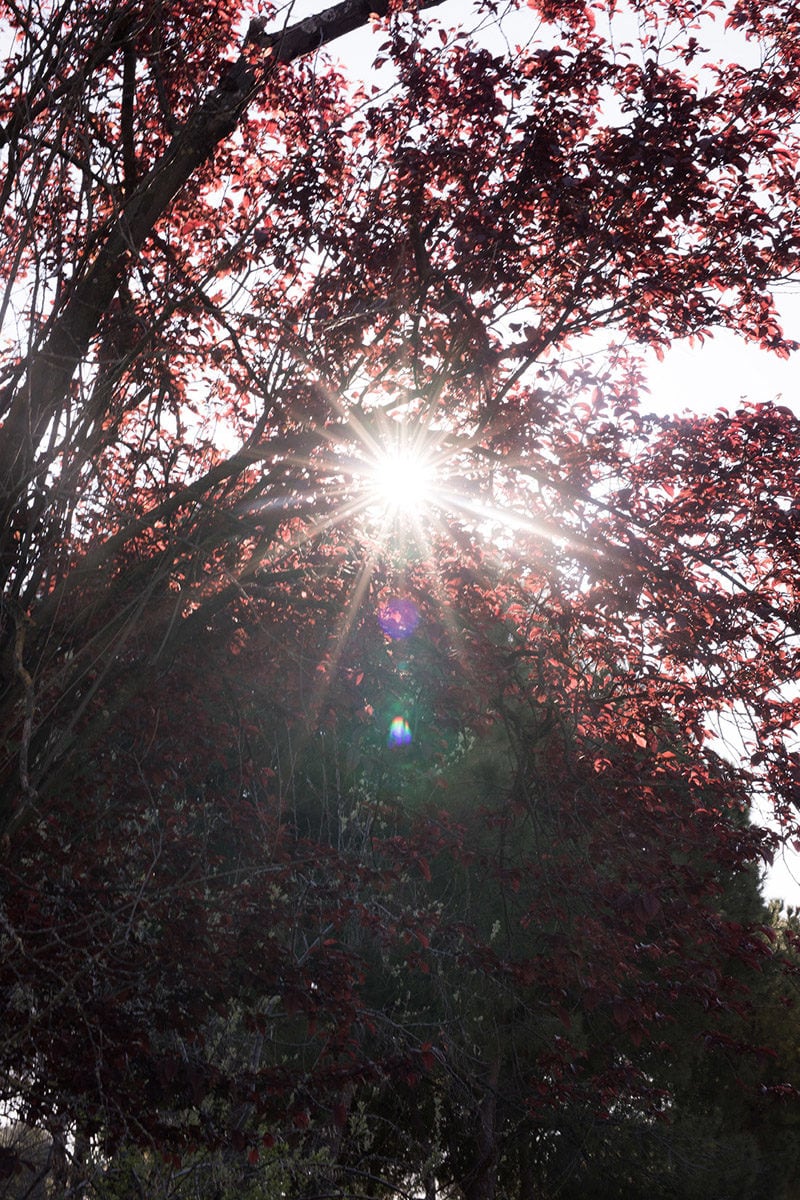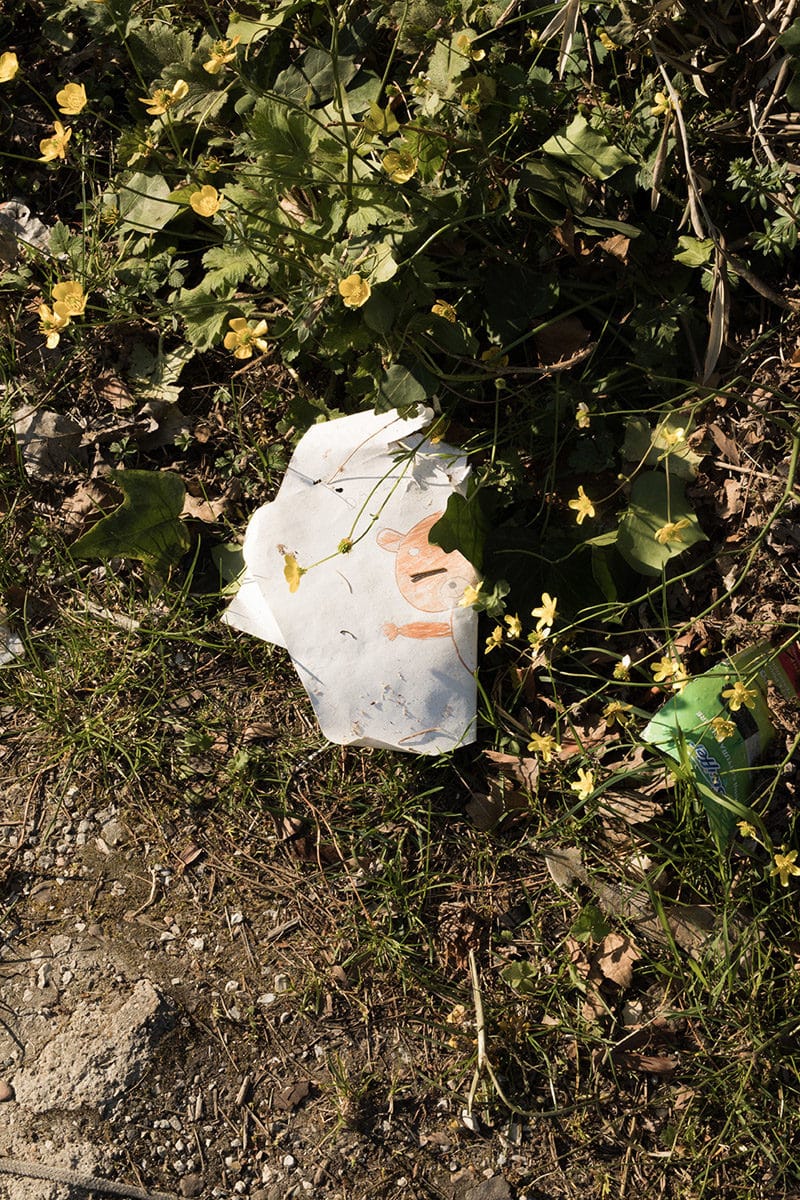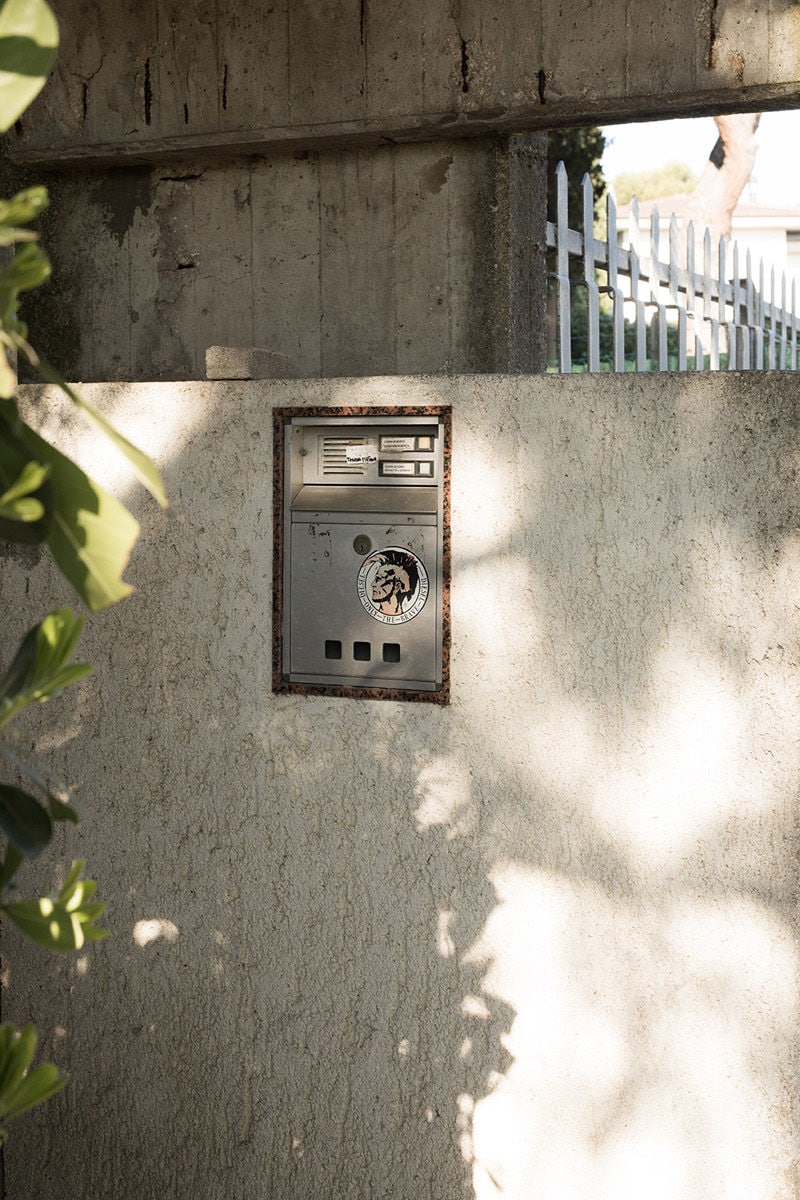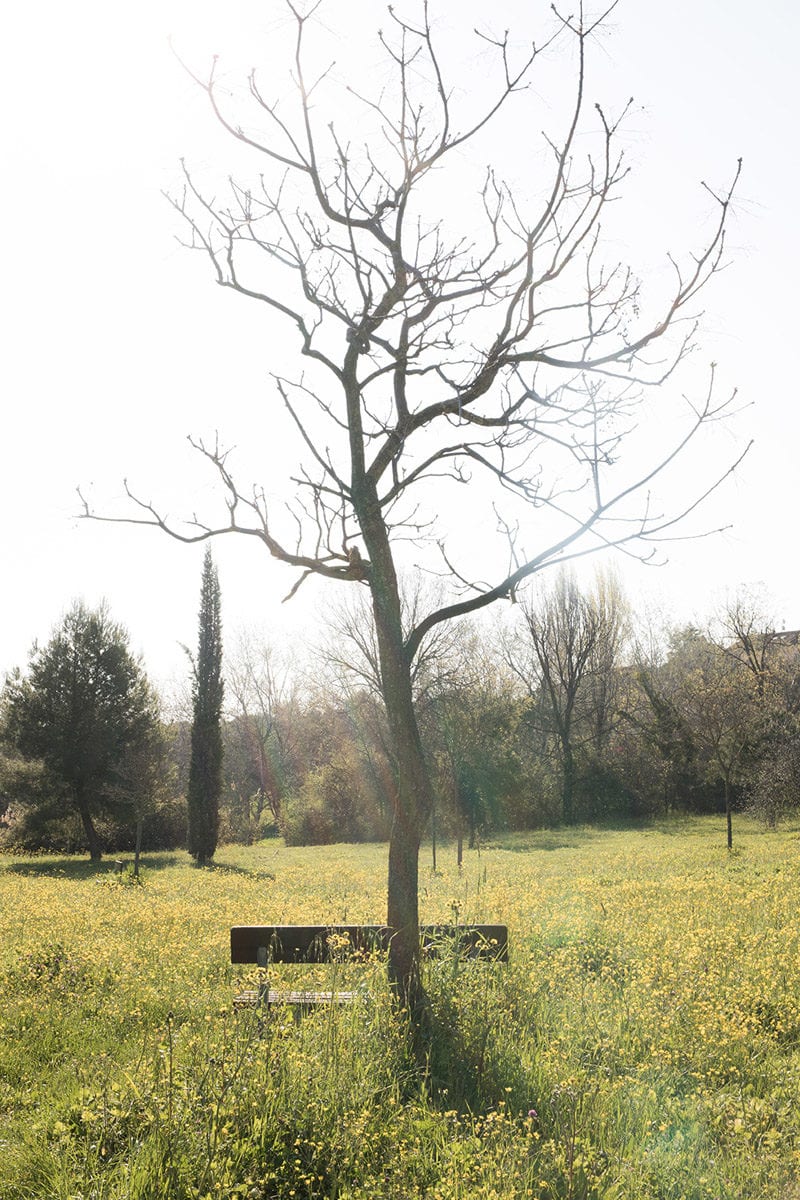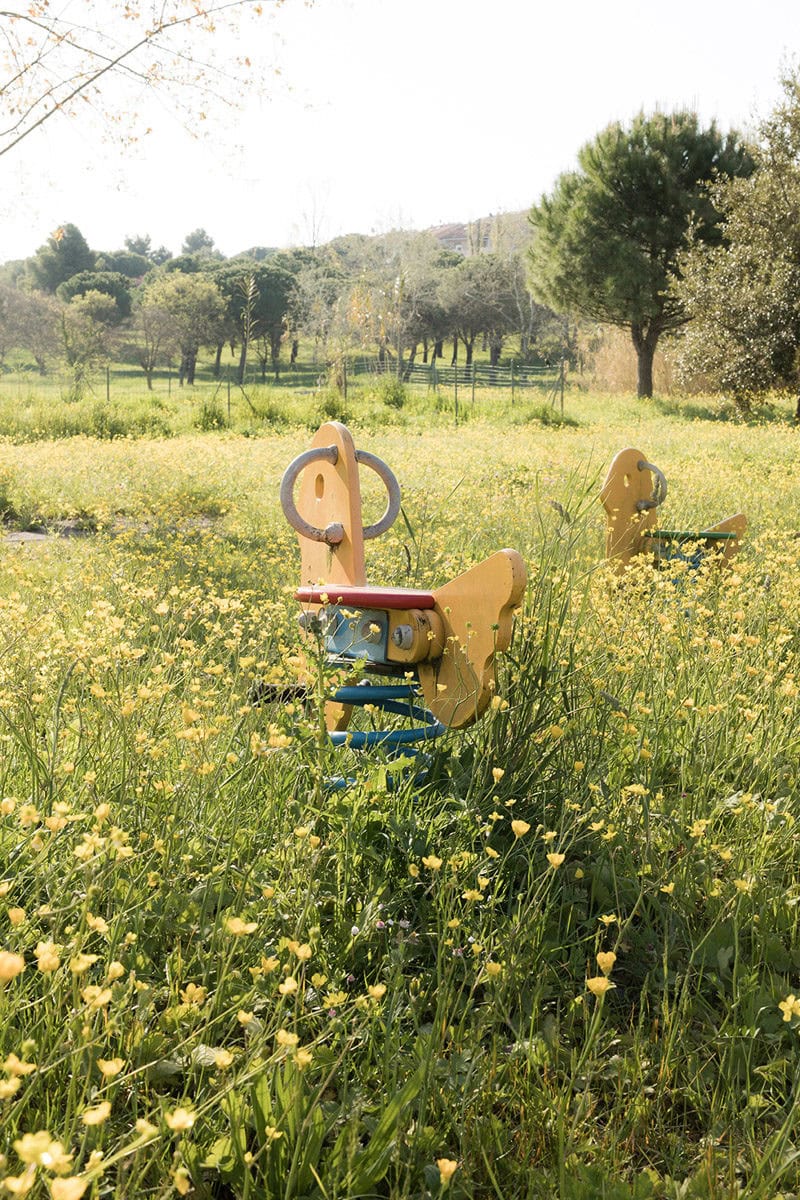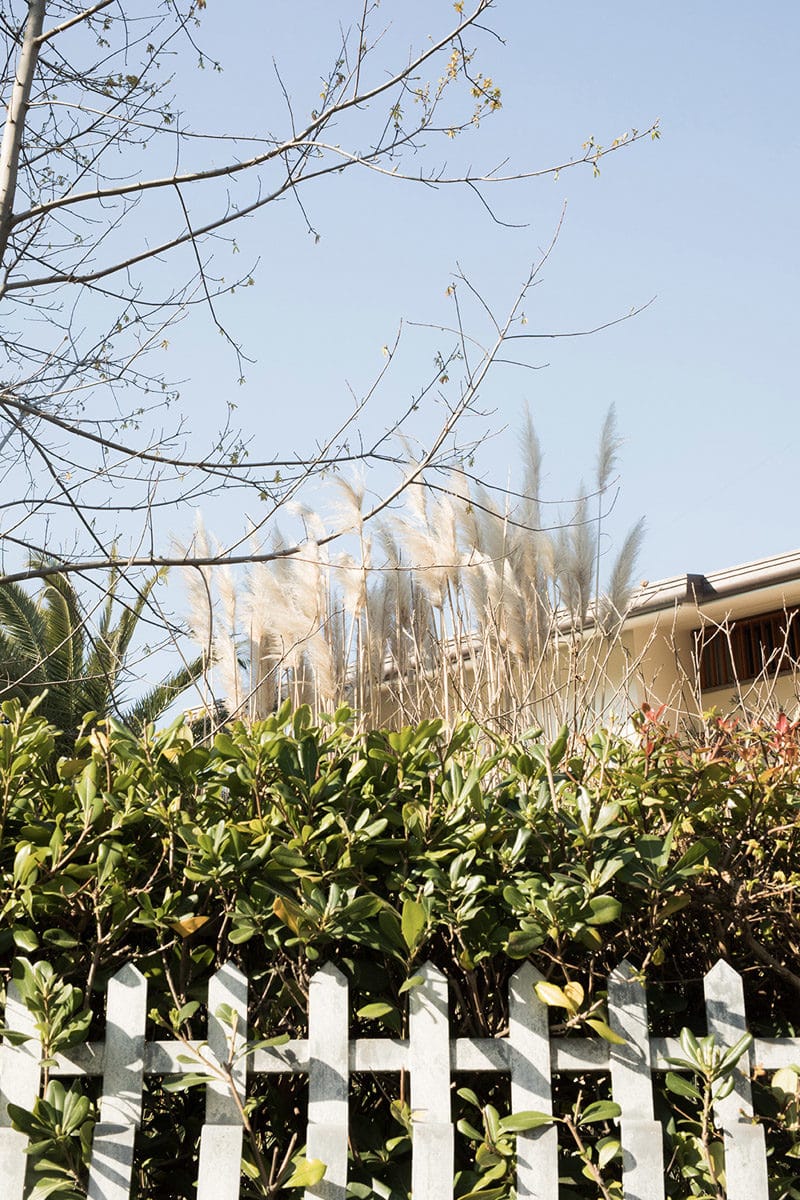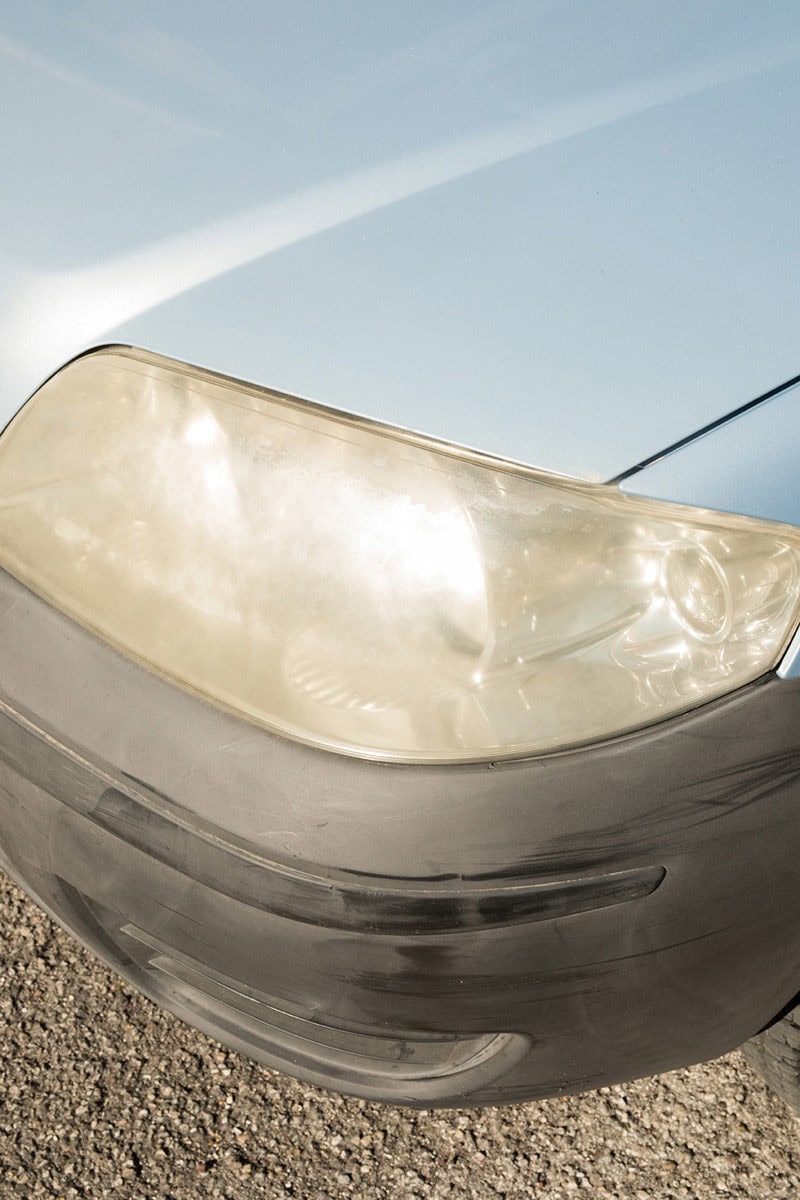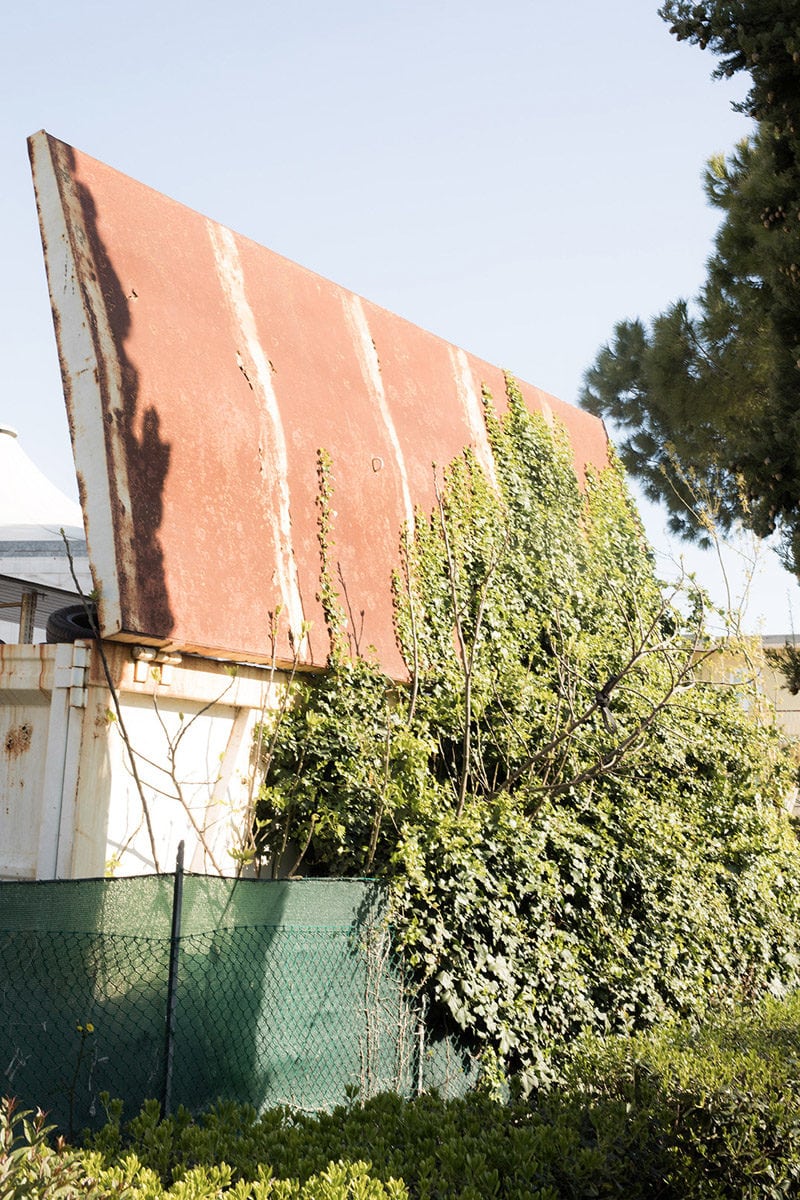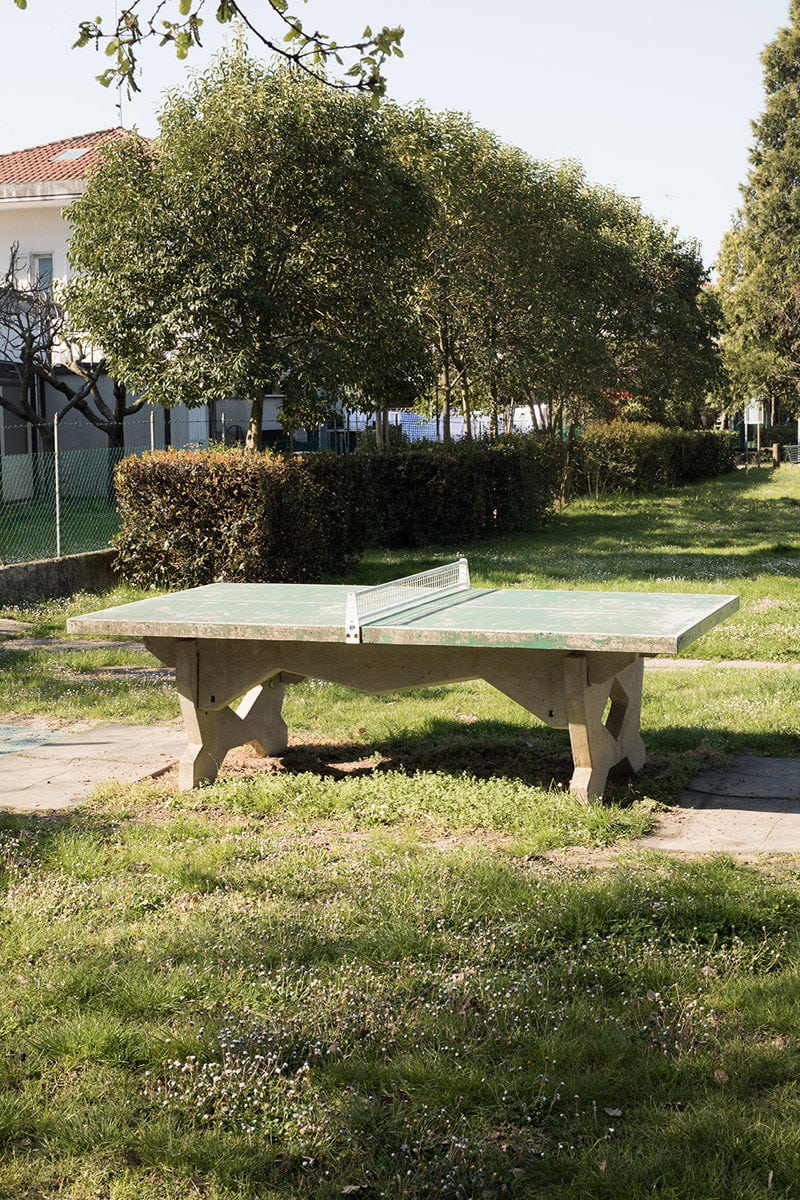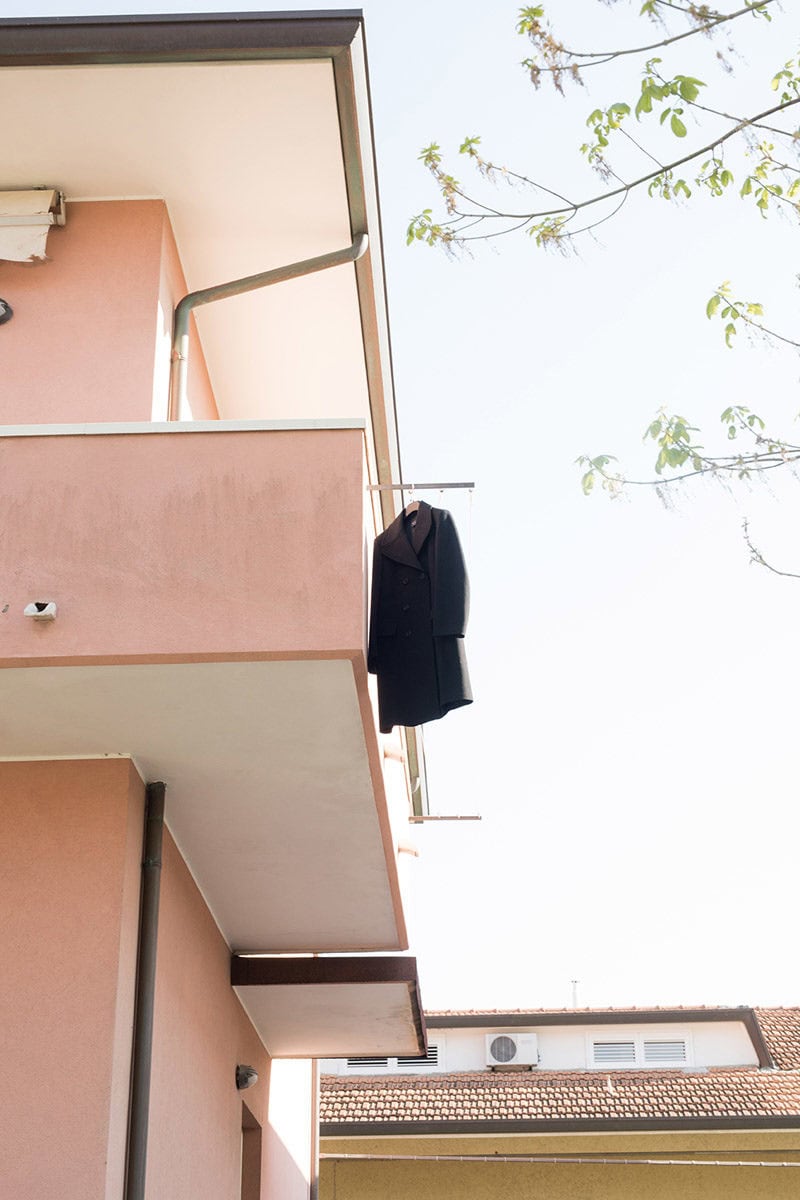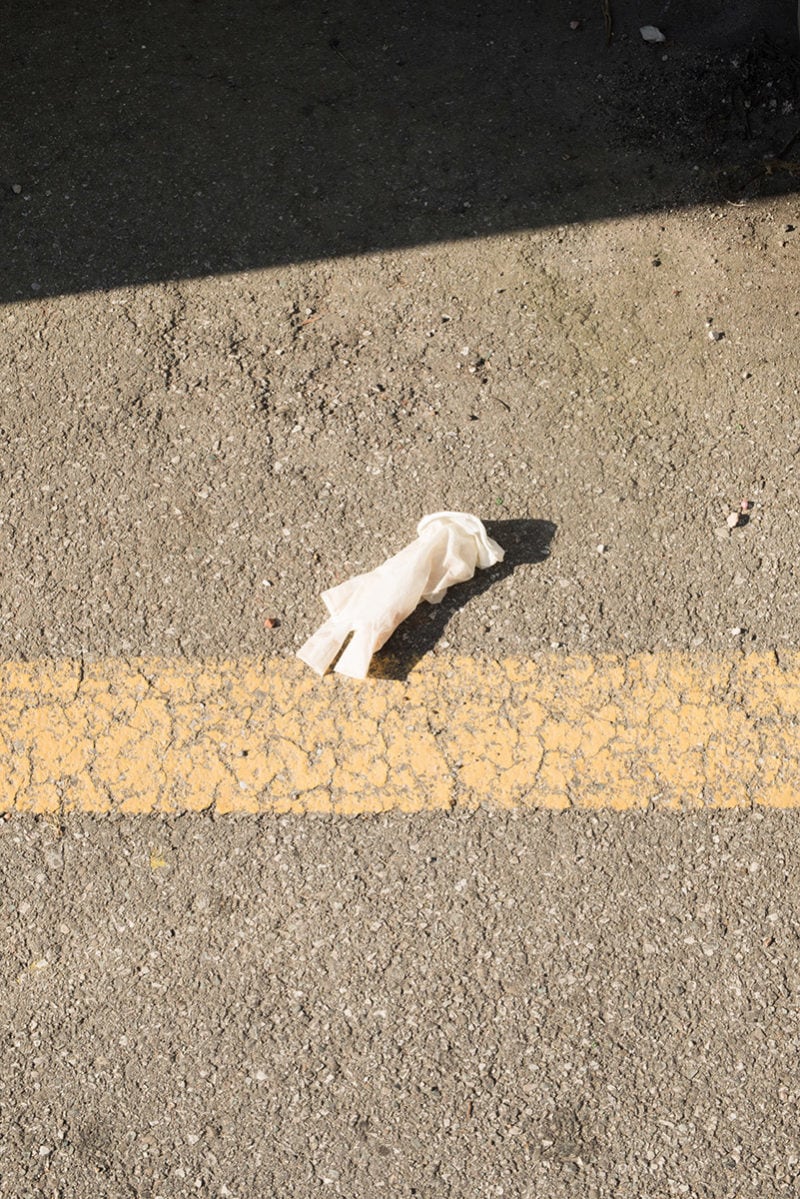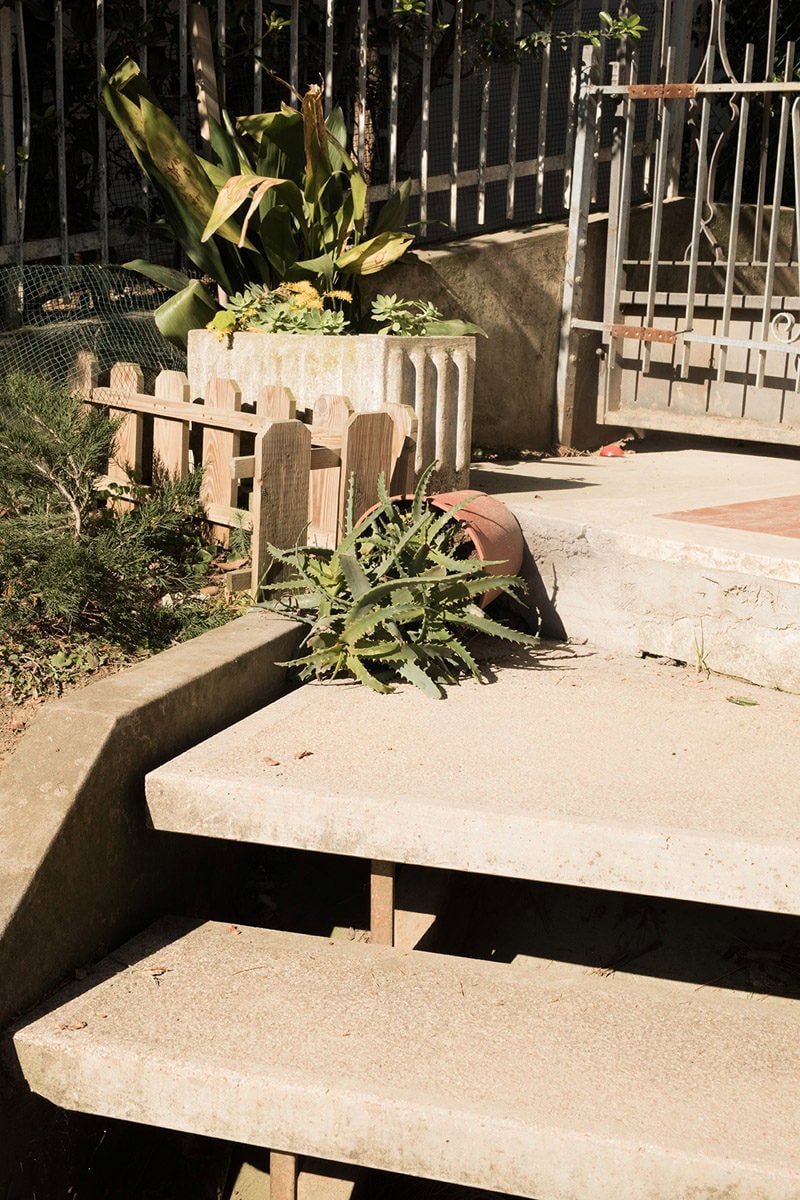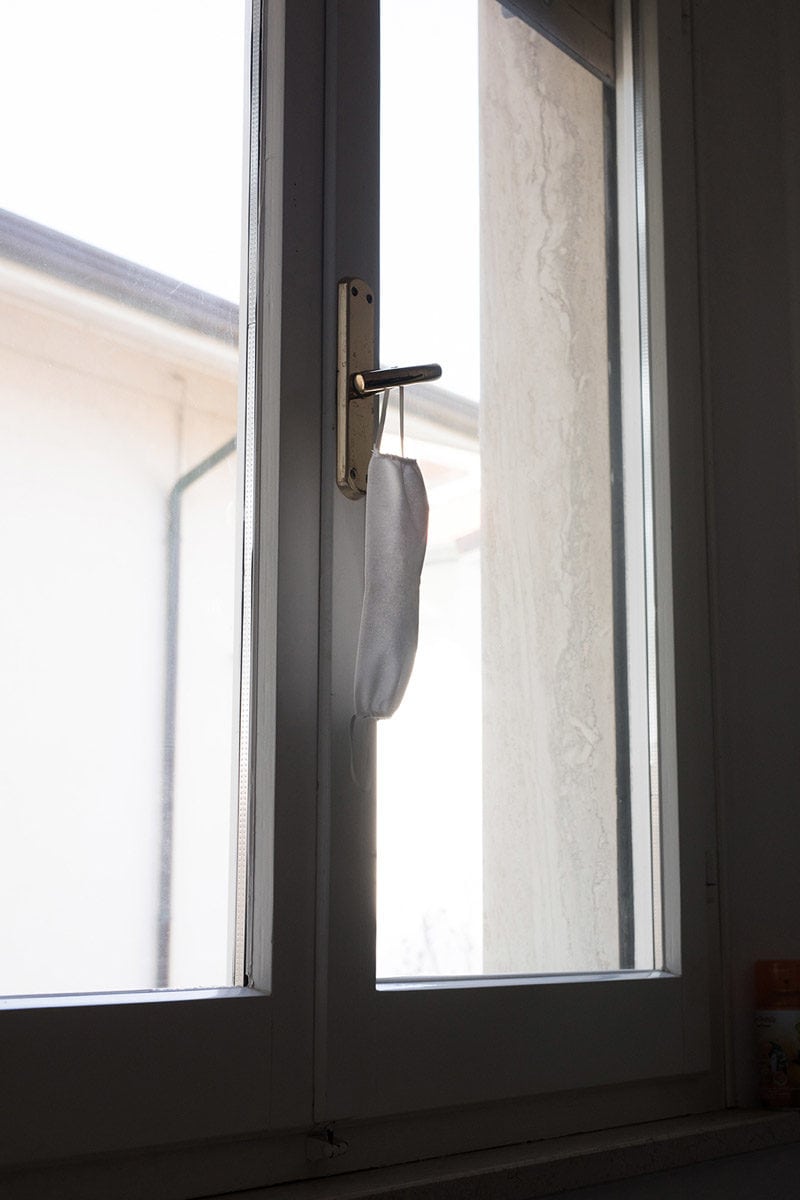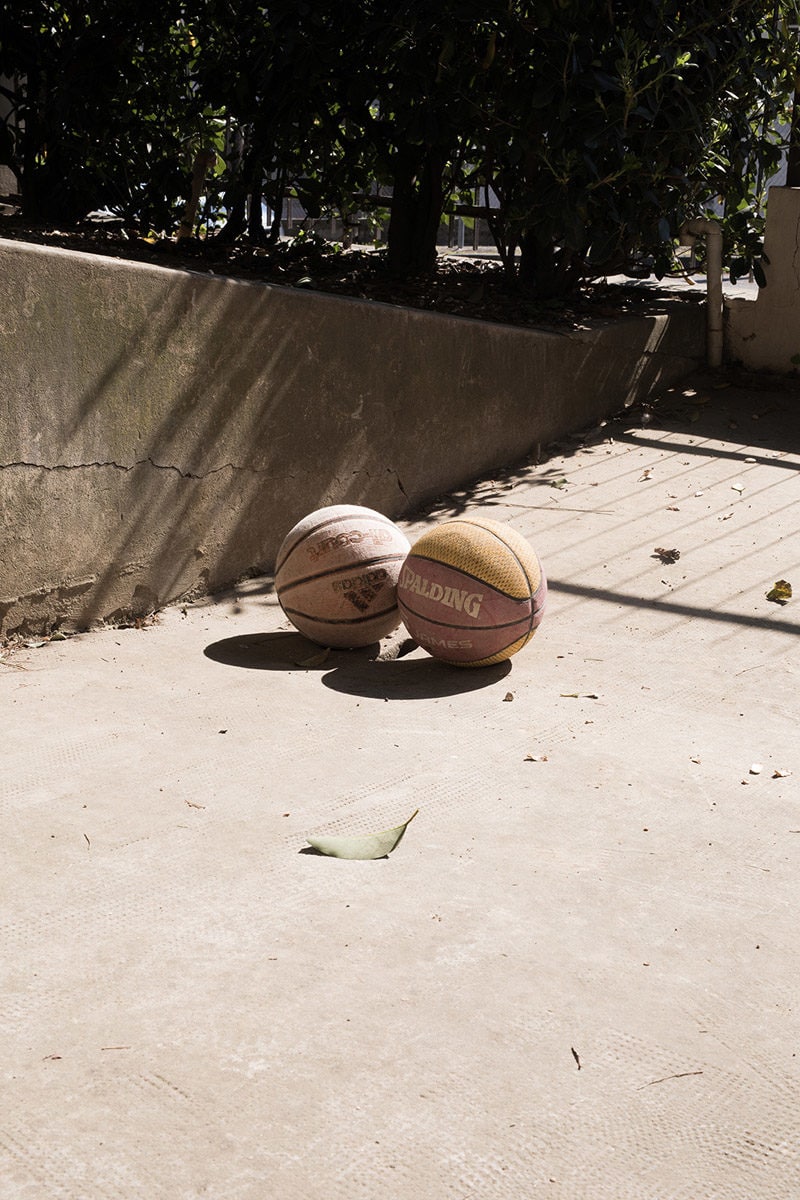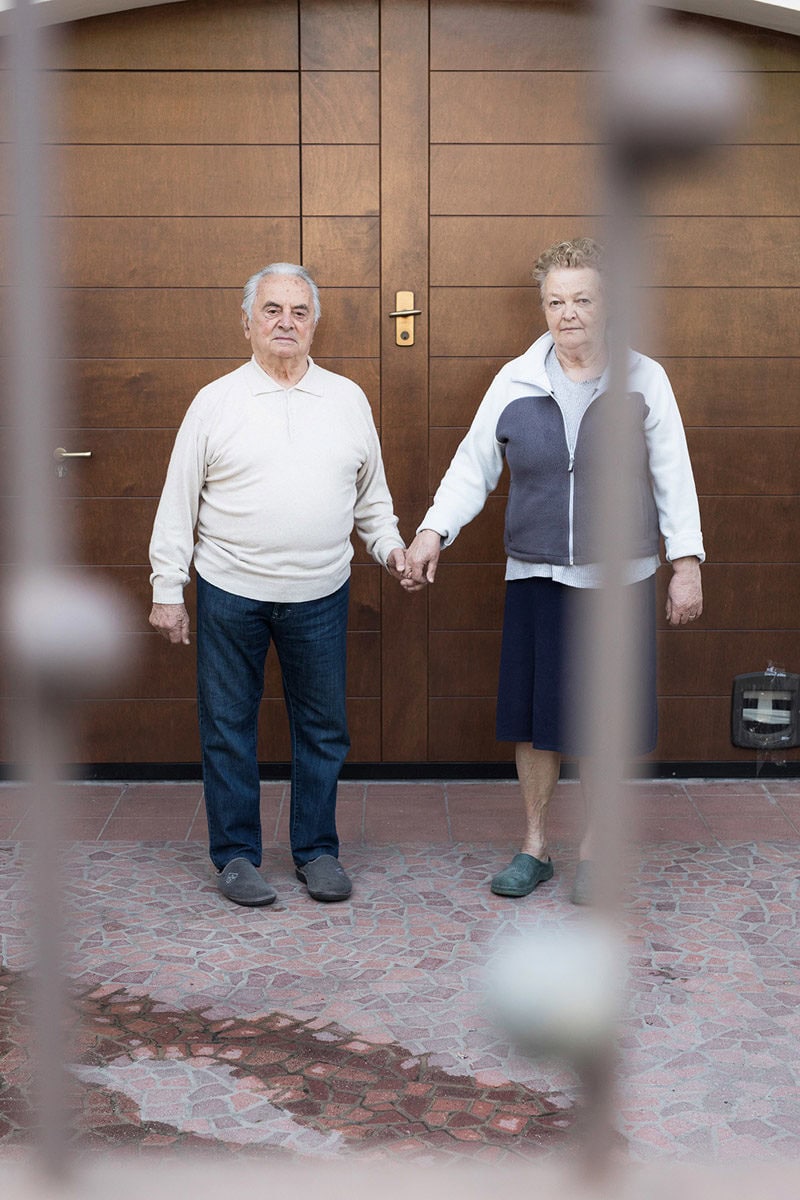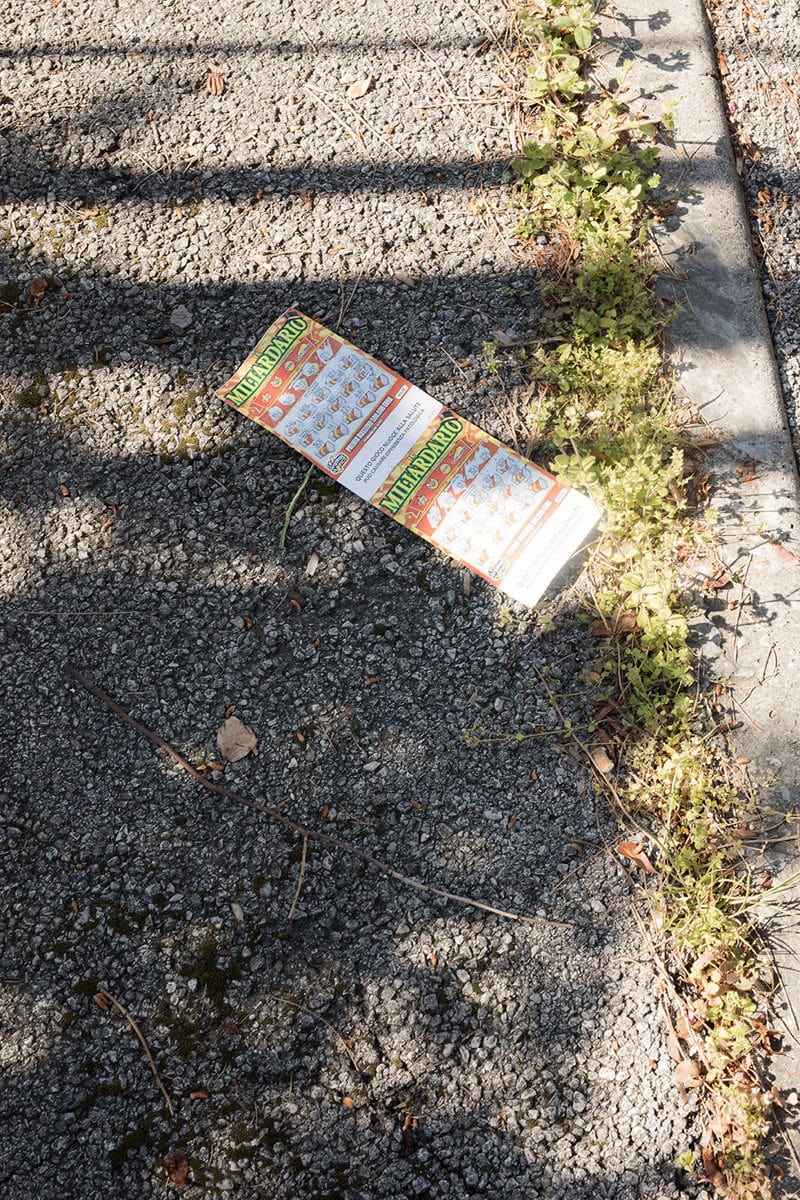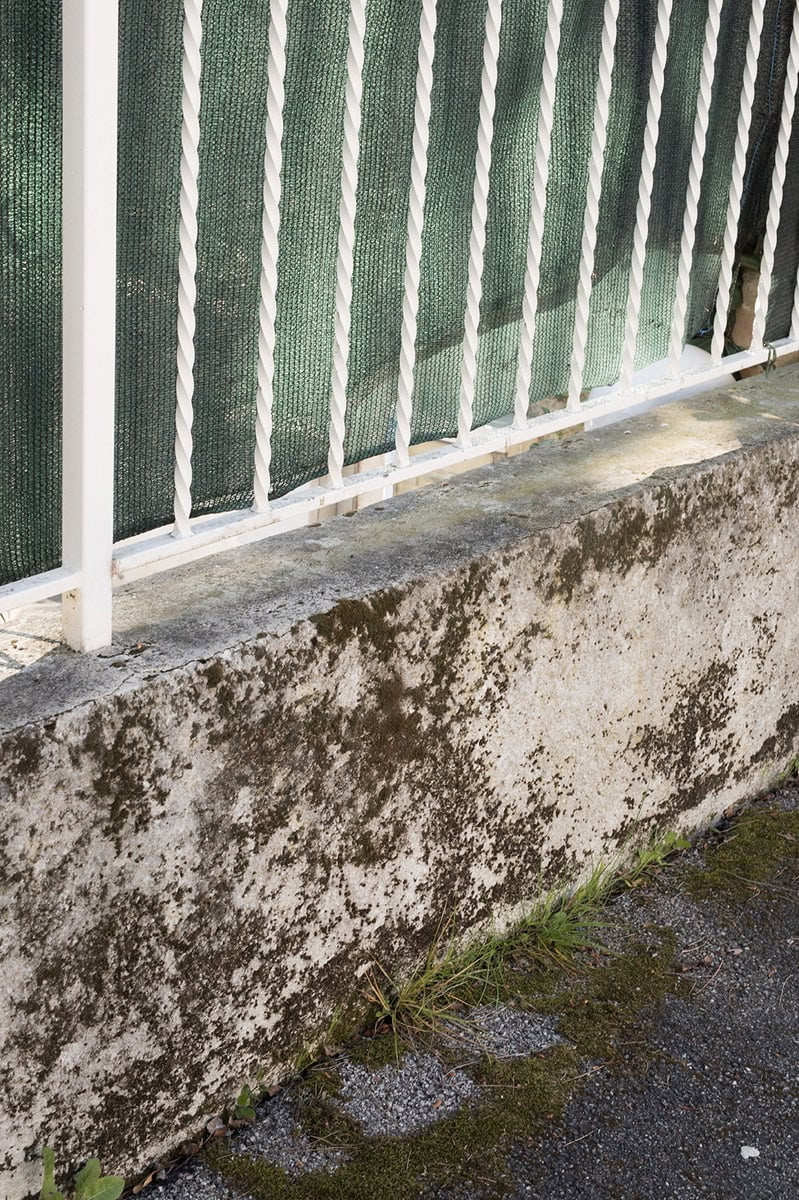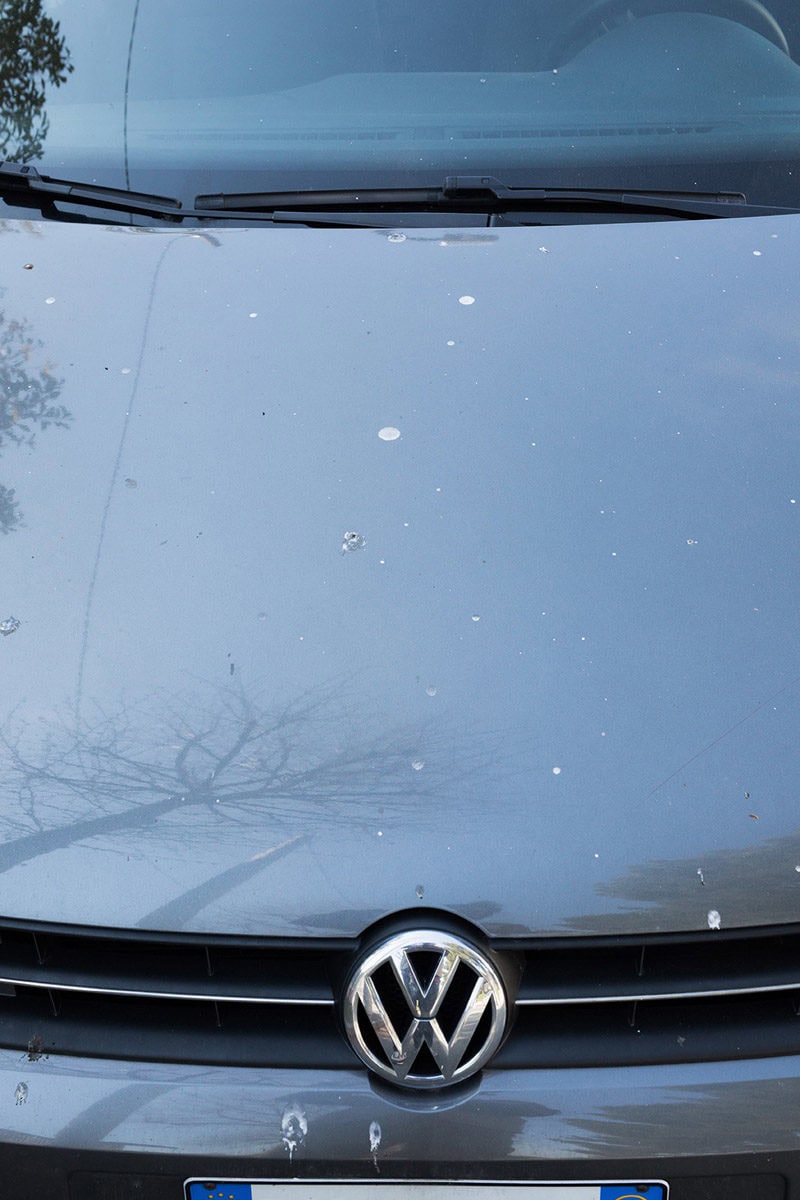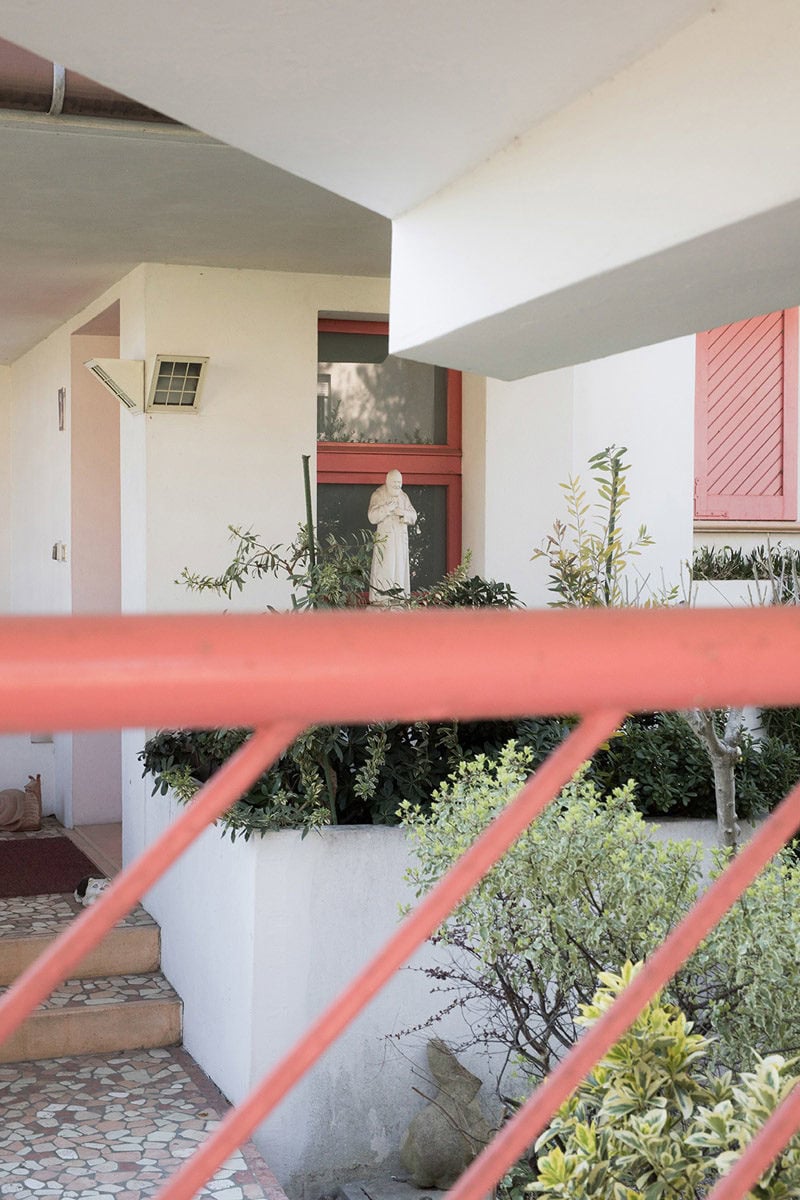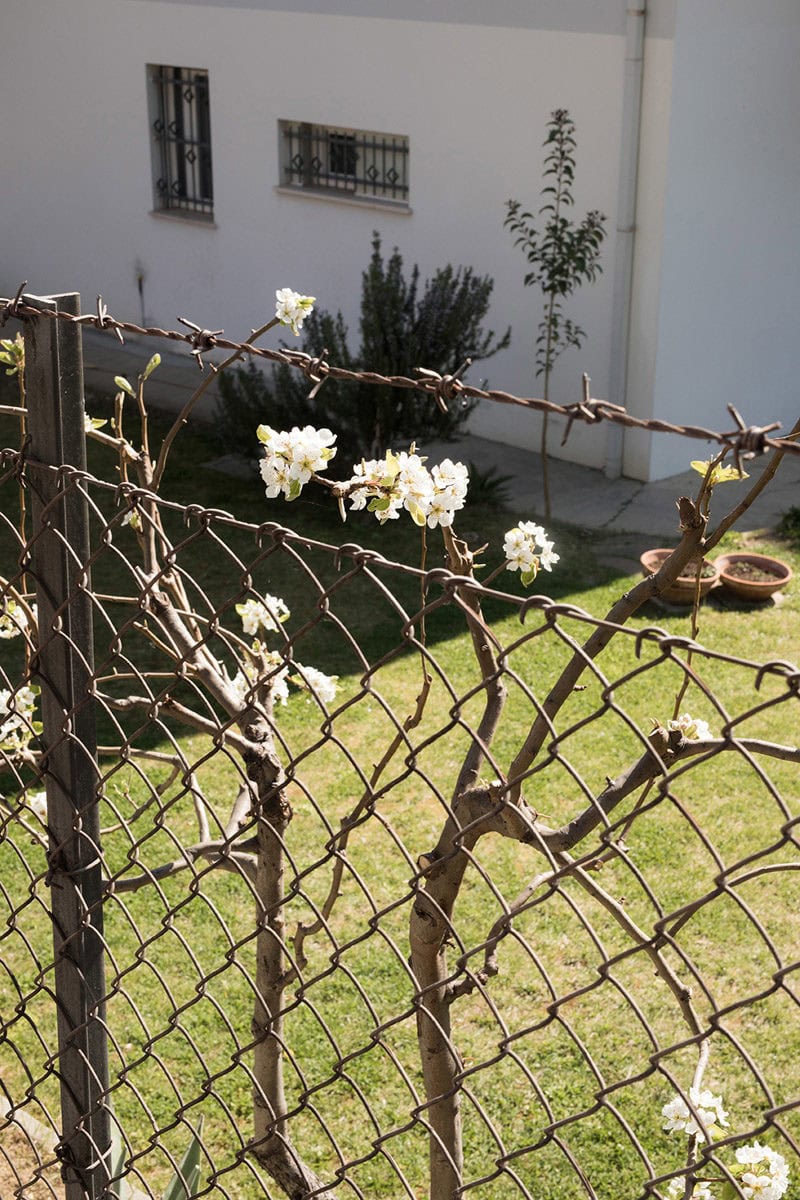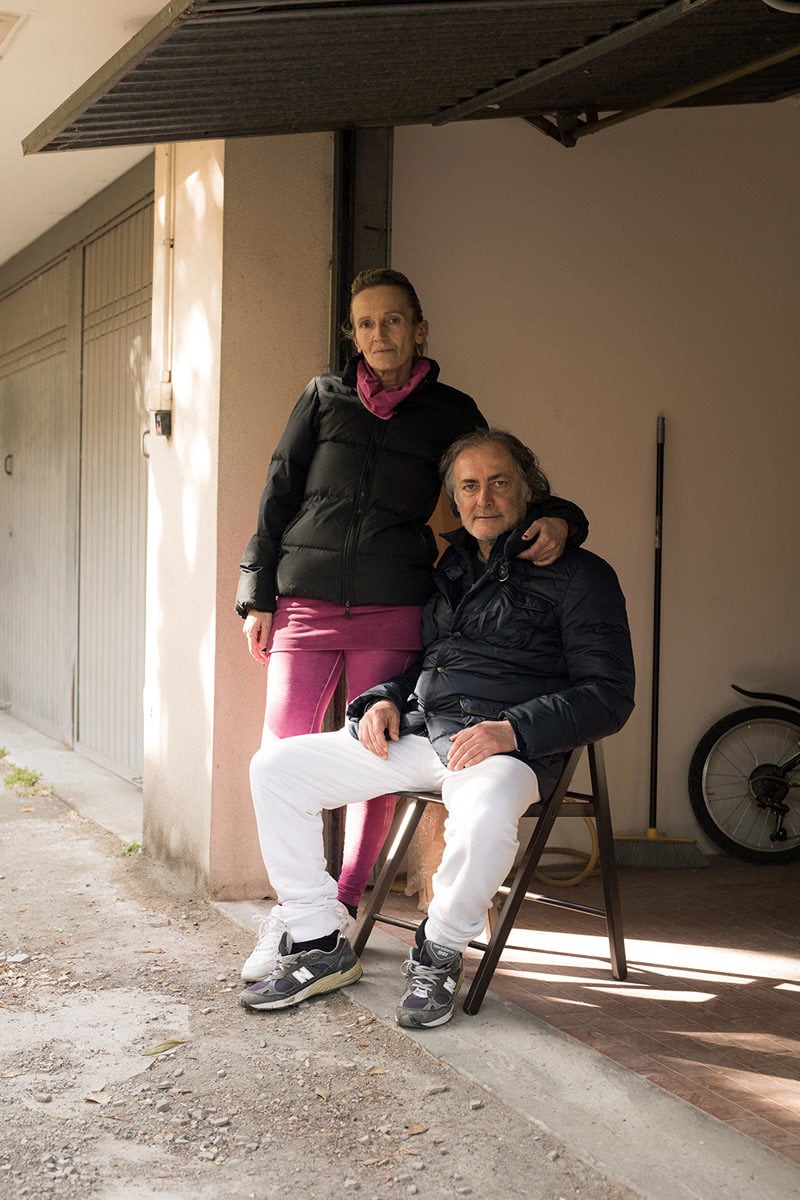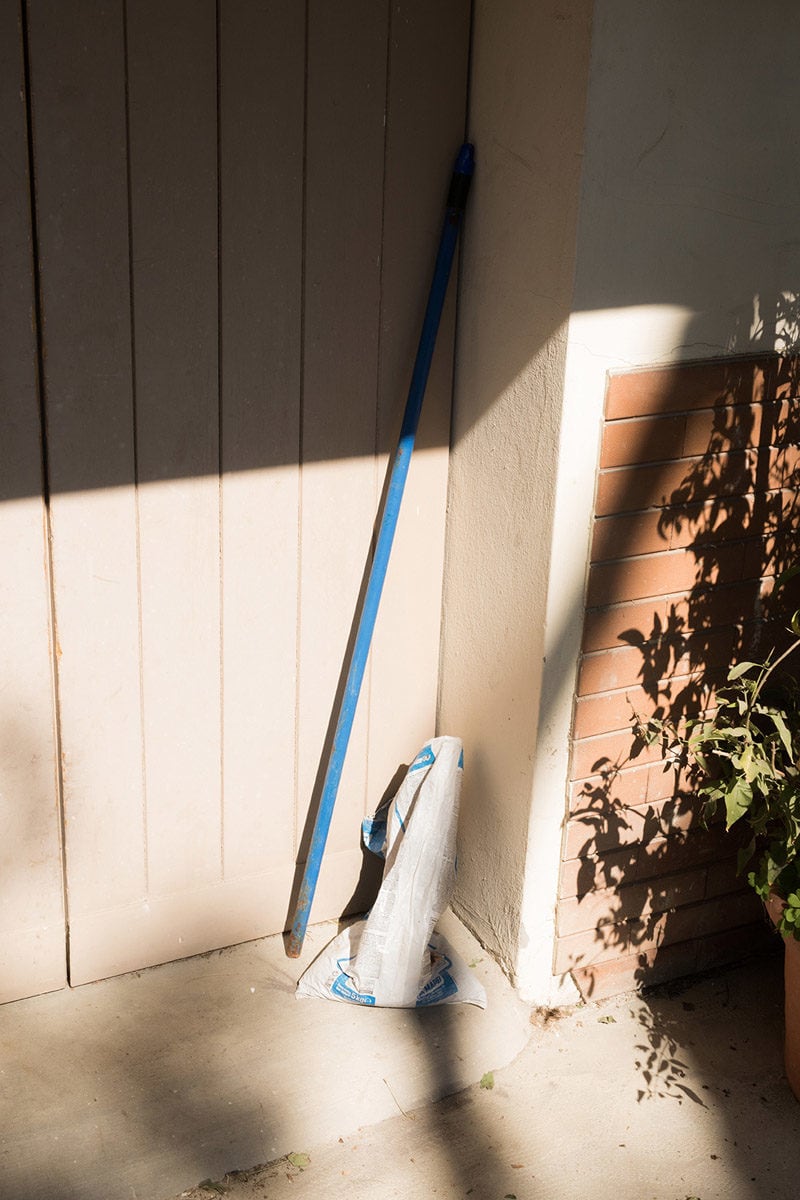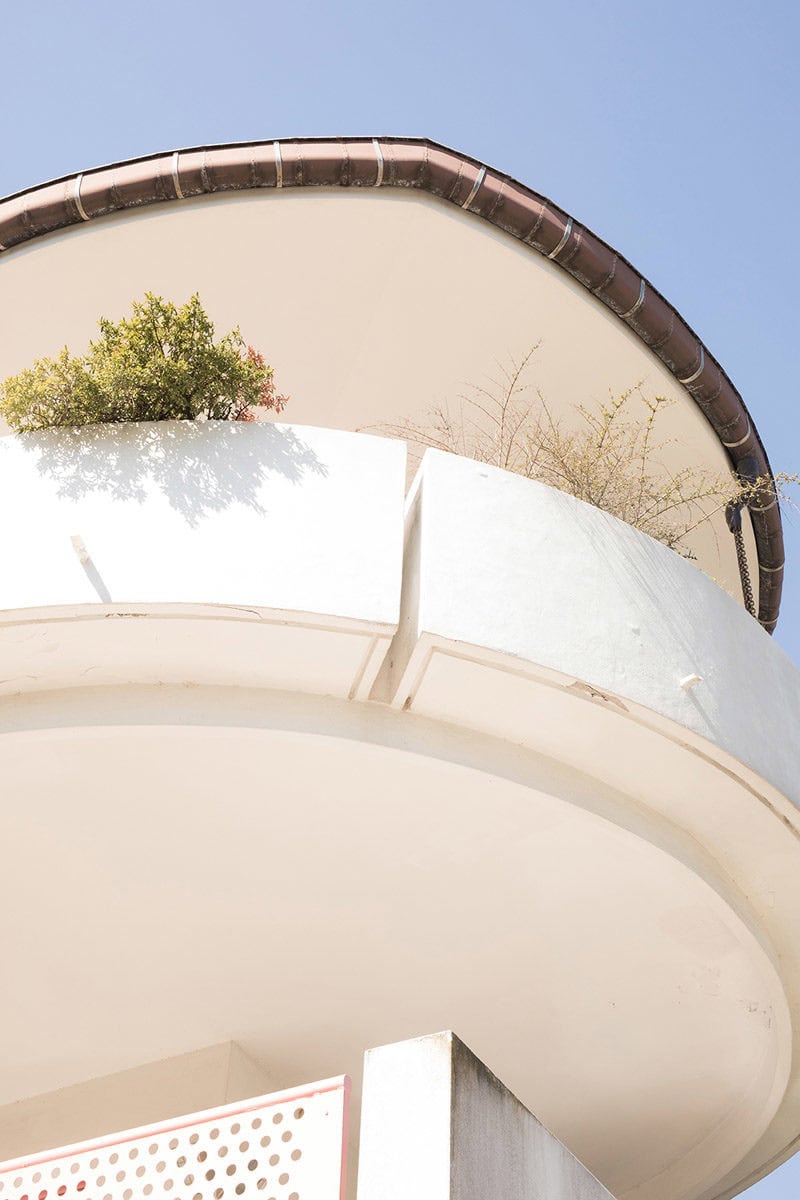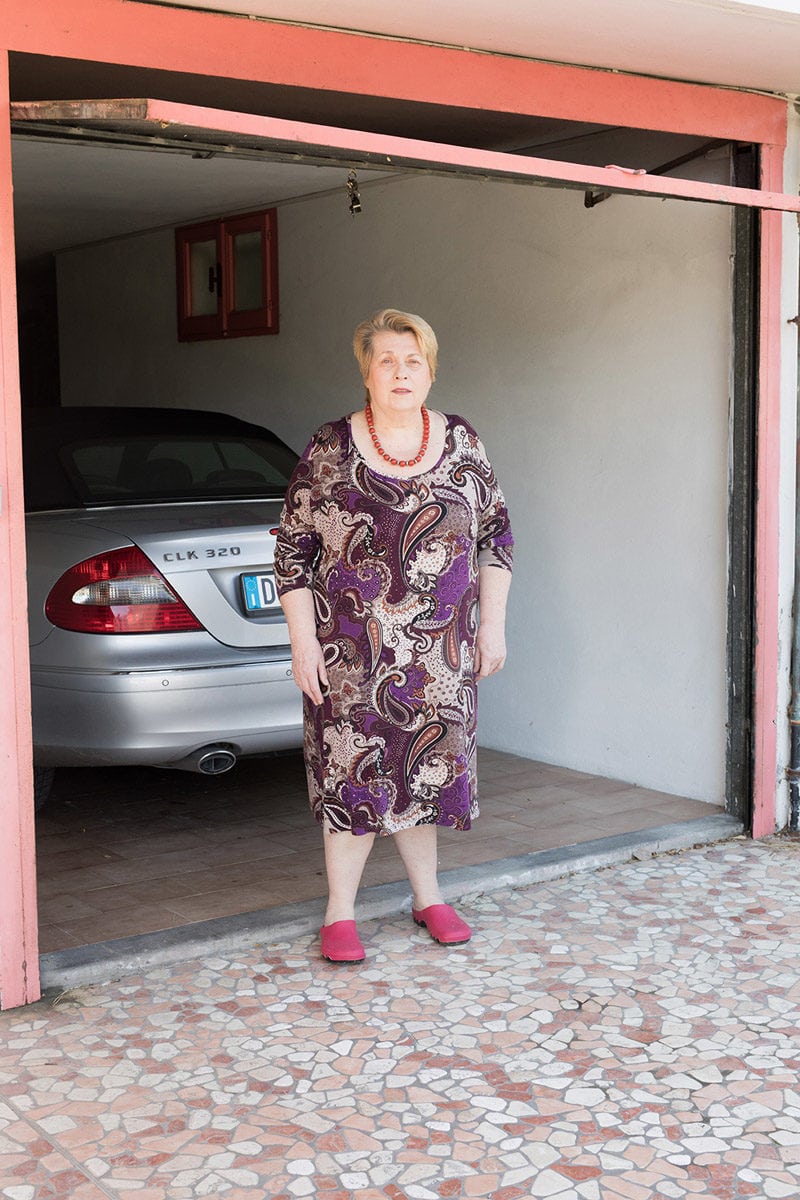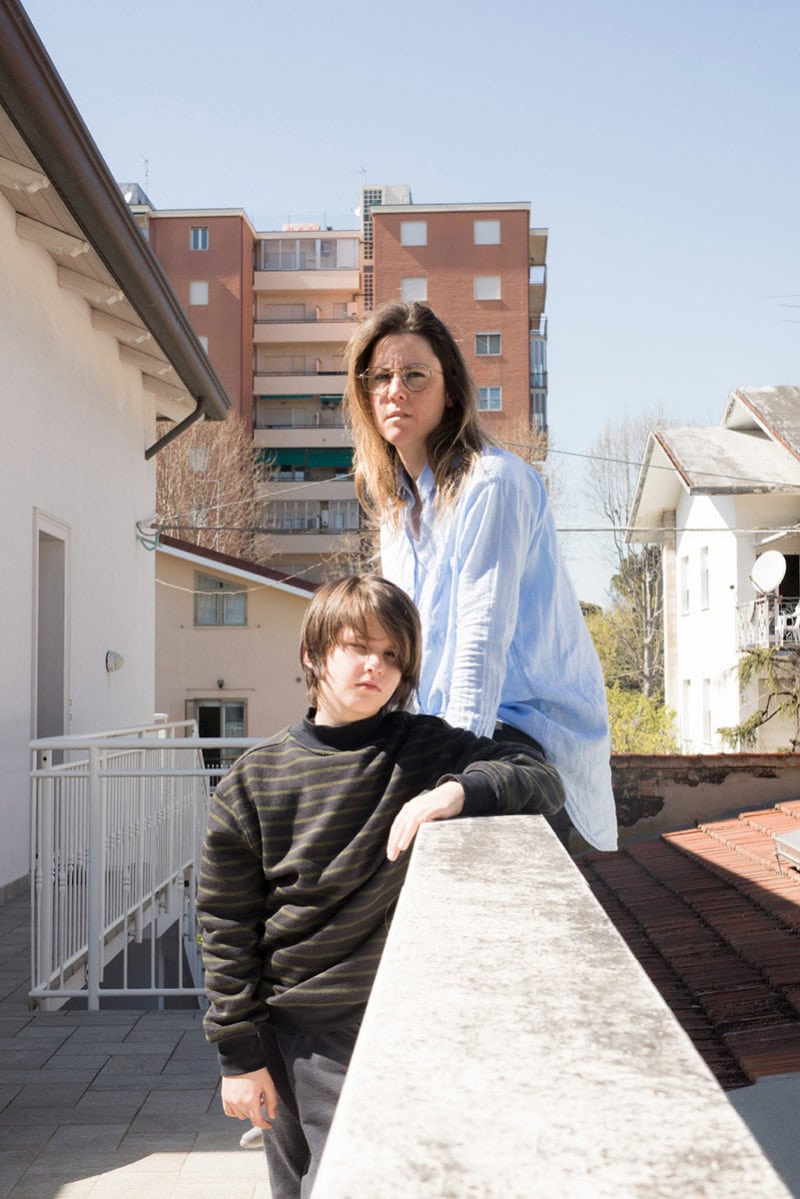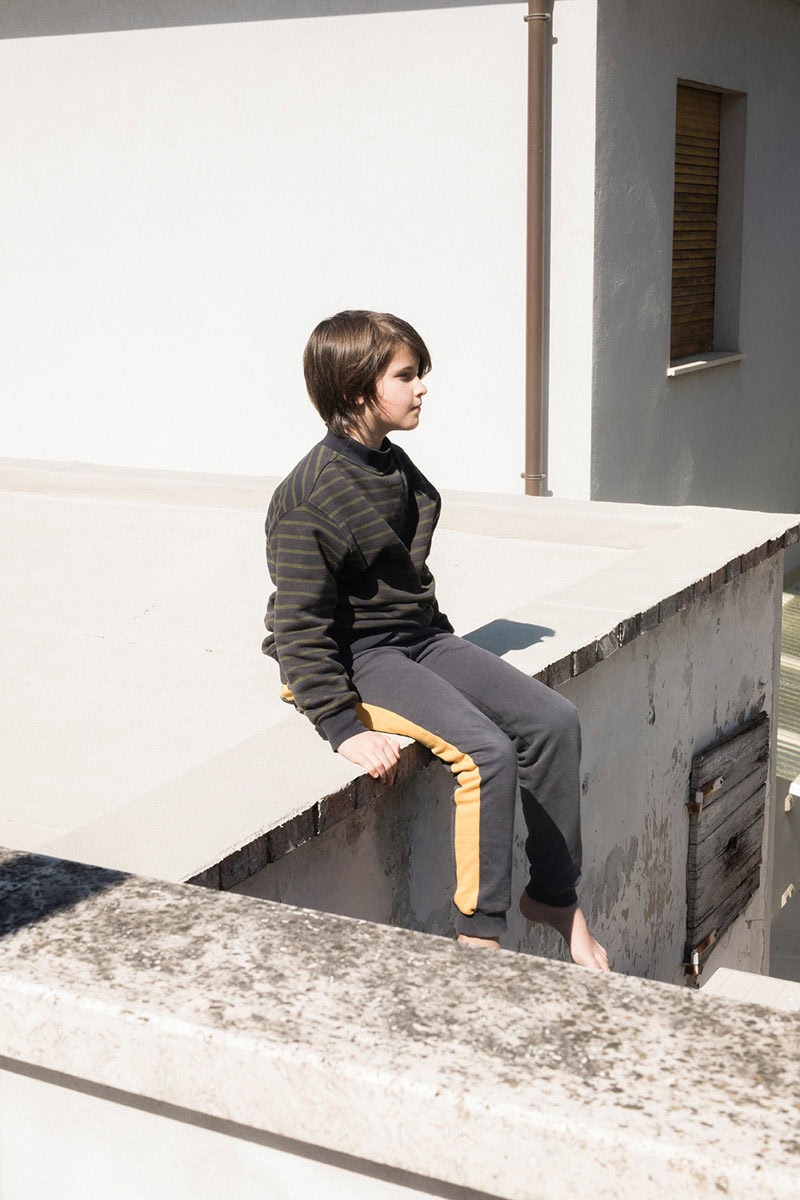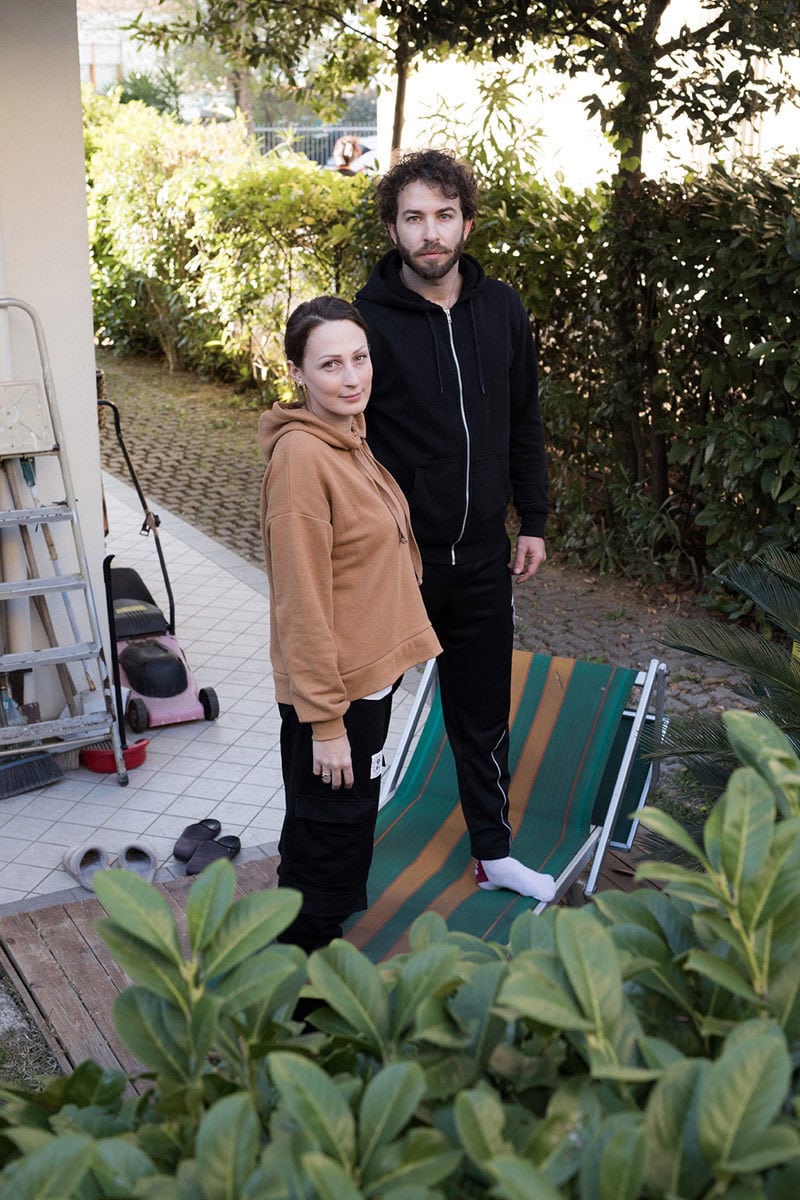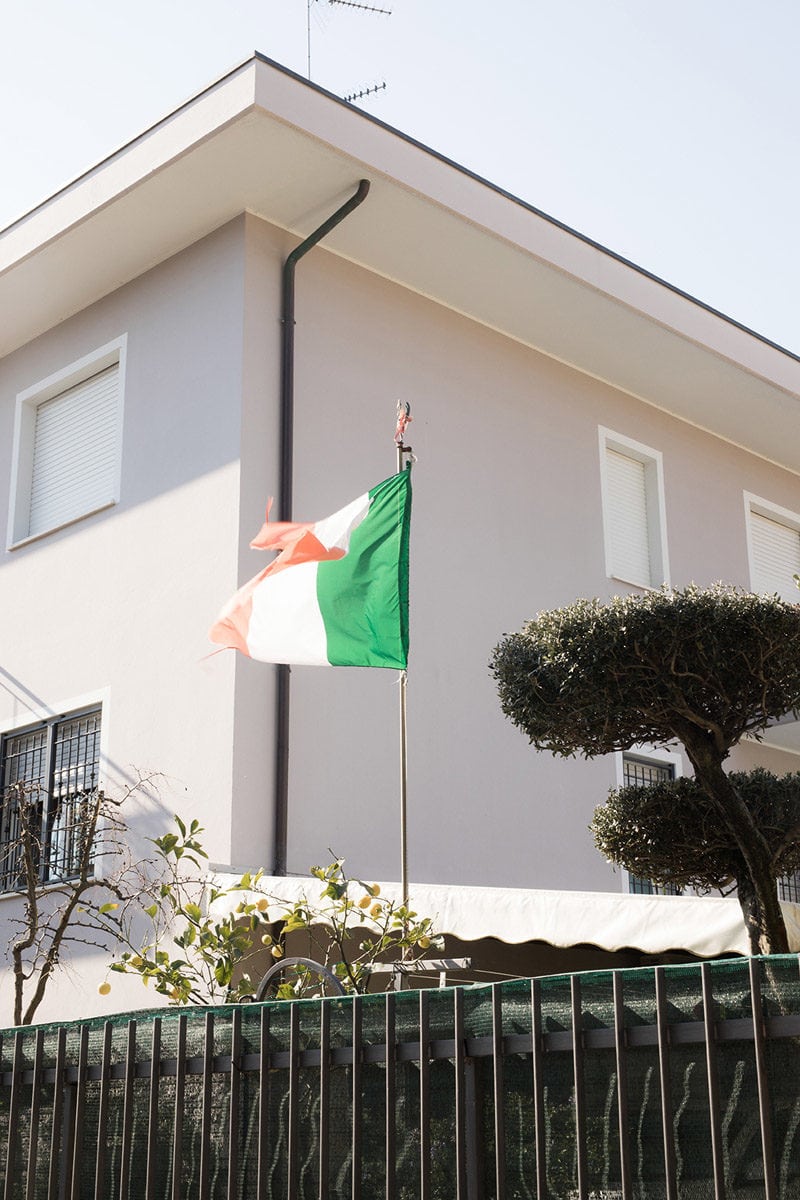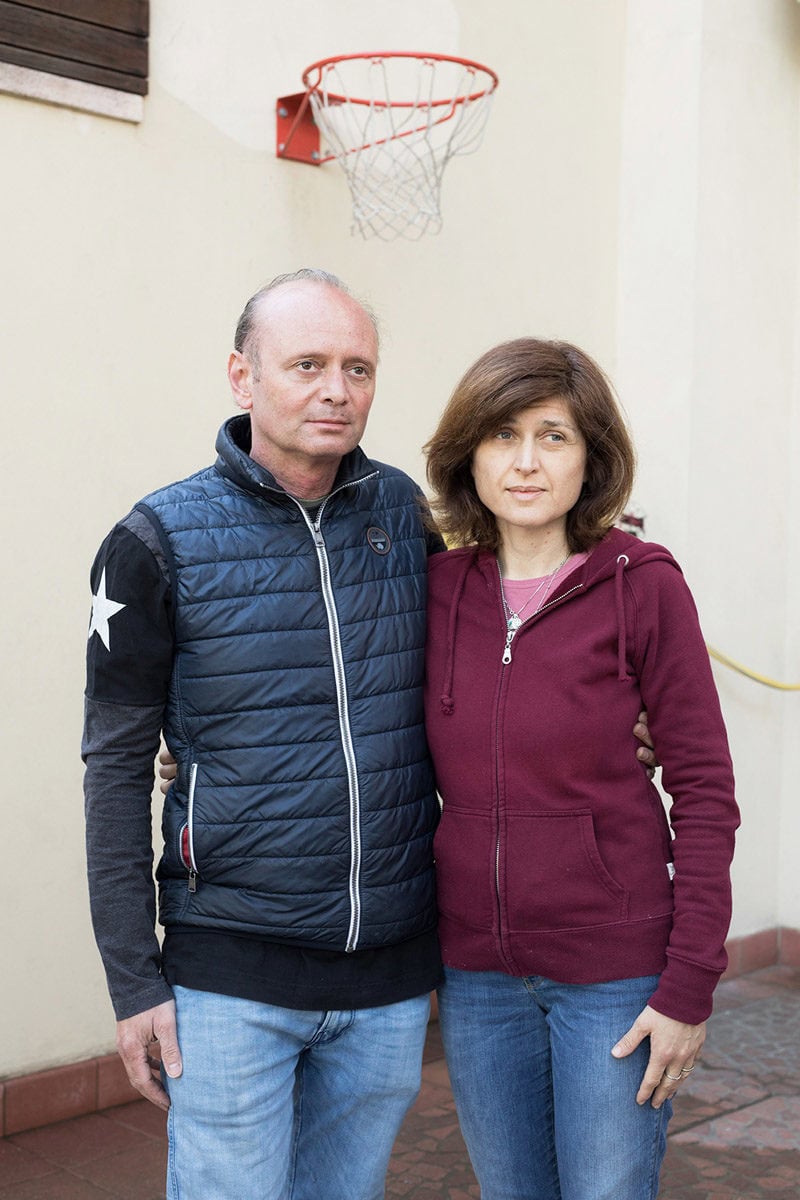Antonio Ragni grew up in Molise, in a seaside village, a small place with a great cultural ferment but mostly unknown. During his youth he never received a camera as a gift. At the end of 90’s he moved to Milan where he remained until 2008. He’s now living in Romagna but is still in love with Milan where it all began, having in mind the last ramparts of old Lambrate and the demolitions of Rubattino.
Antonio Ragni mainly deals with fashion and advertising, his works have been published by several newspapers and magazines all around the world but he finds in storytelling his intimate valve against the wear and tear of everyday life.
About ‘Neighbours’ – words by Antonio Ragni:
The confinement experience that we are all living now has led us to an inversion of perspective in our day-to-day life, which, without a doubt, has changed. Our habits have changed as a result of the extended isolation. Suddenly we are left without daily tasks to do, without our jobs and, above all, without the possibility of any social interaction. Friends, colleagues, partners: everybody on hold, waiting for better moments. These days are marked by a slow passage of time and, in the confinement of our homes, we are experiencing new forms of interaction, even with those who are usually completely outside of our social sphere. Unspoiled gardens, interstitial areas, and balconies are used the way they were designed, sometimes showing a tingling of social relations and voices in sharp contrast with the silence coming from the streets. If this pandemic has merit, one of the few, it is the fact that it has offered us an image of “Neorealistic” Italy which has not been seen in a long time. An imaginary dimension that we have never lived, busy as we were in our countless daily consumption practices. Apparently, we all want to place the “human being” back to the center of our lives: we want to reach an unusual standard of humanity. Even the function of the “architectural frontier” seems to be lessened, and the dividing lines formed by the neighbor’s fences seem to be less striking, although it maintains a modest level of architectural brutalism. We seek human warmth, a communicative approach that helps us to forget the periods of isolation and loneliness that we have been going through. Nevertheless, there is little doubt that this excess of “relationship-seeking” has an expiry date. At the moment, we don’t know how long we will have to deal with the effects of this crisis, and if some of these effects will be permanent. There is a legitimate fear that this new scenario, that makes people desperate for social interactions, desperate to get to know each other, will probably last for the time of the pandemic only. We are searching for human warmth, for a communicative approach that reminds us of two months ago, but it is clearly evident how this excess of goodness risks to have a deadline. “Neighbors, notes from a pandemic” is an excerpt from the Italian suburb (Riccione area) in the middle of the lockdown, through the eyes of the neighborhood: look at those we share the perimeter walls with, at those we would probably never know, at those we observe, behind a sidewalk or a fence. Nature is re-appropriating its spaces, incorporating goods and objects, deteriorating them. A window on our lives, while waiting the slow passage of time: lives as in a bubble well protected from the outside. A reflection on our weaknesses and on how humanity is impotent facing the great forces of nature.

